The sound of a guitar is beautiful in itself. And incredibly varied, depending on the kind of wood, sound chambers if any, the way the bridge is fastened (or not), string-through or stoptail. Bigsby or Fender «tremolo». The feel of the instrument affects the playing, too: Wide or narrow fretboard, low frets. The solid feel of a basic Junior or Tele as opposed to a 125 or 345. The weight of a Les Paul or the lightness of a Parker. The angles of the 175 or a snuggling Stratocaster. So, for me, a number of guitars with their own personalities, a selected number of pedals and a clean amp. The professionals may go for the one guitar and a rackful of effects and processors; I find the hands-on feeling of having different guitars in my lap create variations. They say there is a song in every guitar, so let’s get close and personal.
Effects
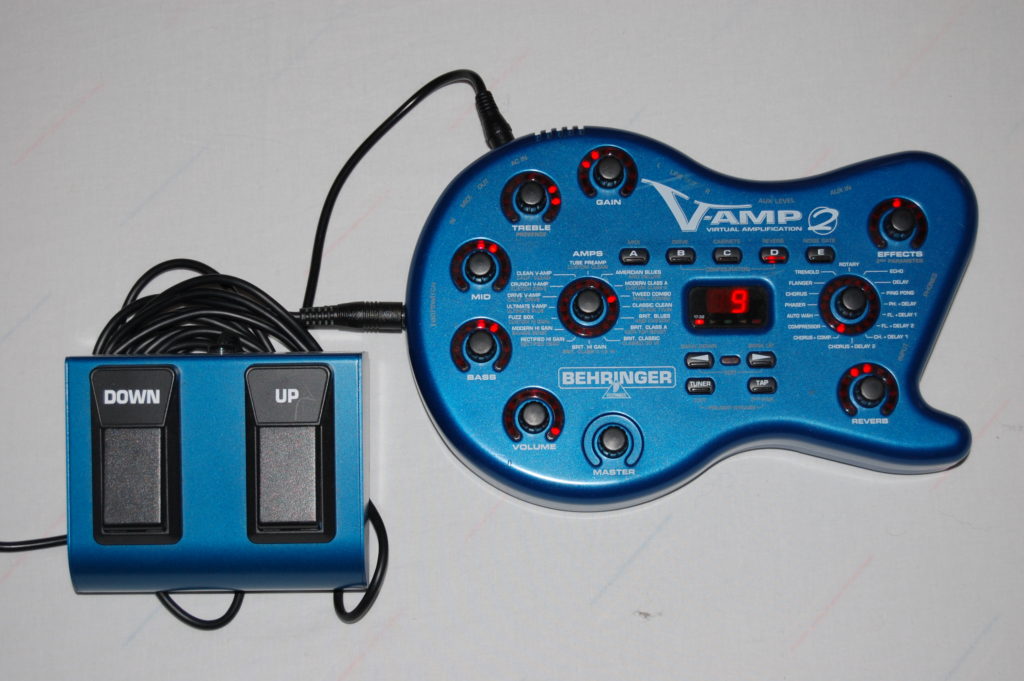
Behringer V-Amp is less expensive than the Line 6 Pod. It may have something to do with the time available to experiment, but I do actually feel that the V-Amp is closer to my conceptions of desired sound than the Pod – on which my CD was recorded – is.
Up to around 2008 all my home recordings have gone through the V-Amp, and just as important, I have been exploring the sounds and effects to be able to develop my own pedal board.
Boss pedal board BCB-60 (2006)
Easily adaptable board-cum-case with built-in power adapter.
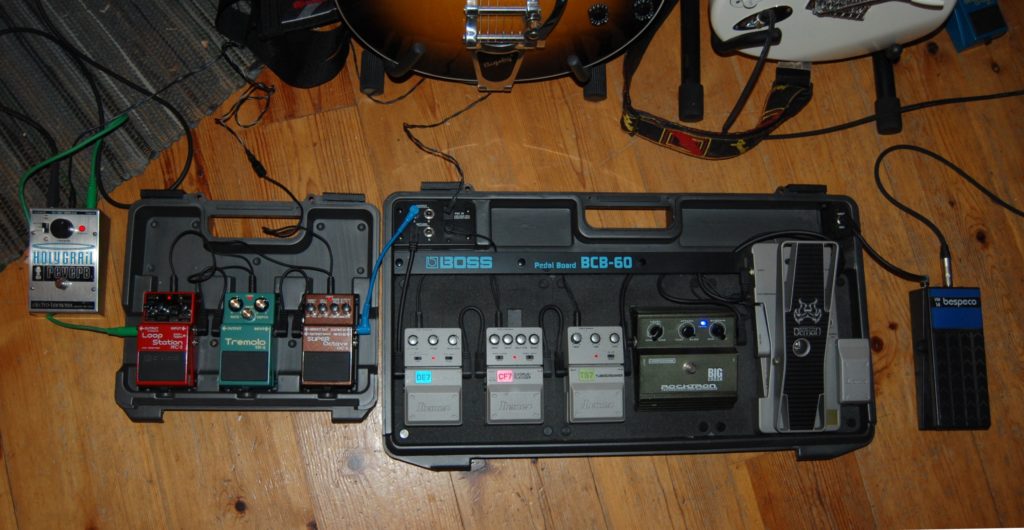
A favourite setting on the V-Amp was Fender Champ with compressor and chorus. Thence, a handy little tube Champ, a Rocktron Big Crush, and an Ibanez CF7 Chorus/Flanger. I needed delay, and a wah (as I was still missing my lost Colorsound), and an overdrive, or two, and maybe an octave would be fun, and… and… Ohyes, a Big Muff! A BIG Big Muff! Bass chorus, in case, and a Blues Driver… Did I mention reverb?? This makes a noise, I need a Hush! Oh Holy Grail…
You may know what I mean.
I started with a Boss board and case in one, and proceeded to fill it with Ibanez pedals with the assistance of a Stanley knife. Never one to yield to conformity. It seems you find the best effects north of the Arctic Cicle, and most of mine come from Ivars Musikk in Tromsø. There was also some late-night ordering on the web.
My first setup was:
- Bespeco volume pedal (outside the board)
- Ibanez Weeping Demon WD7 wah-wah
- Rocktron Big Crunch compressor
- Ibanez TS7 overdrive
- Ibanez CF7 chorus/flanger
- Ibanez DE7 delay/echo
into a small board featuring
- Boss OC-3 Super Octave
- Boss TR-2 Tremolo
- Boss RC-2 Loop Station
and finally through
- Electro-Harmonix Holy Grail Reverb
to the amplifier.
Extras:
- Behringer Chorus
- Rocktron Hush
- Boss Blues Driver
may be added at need.
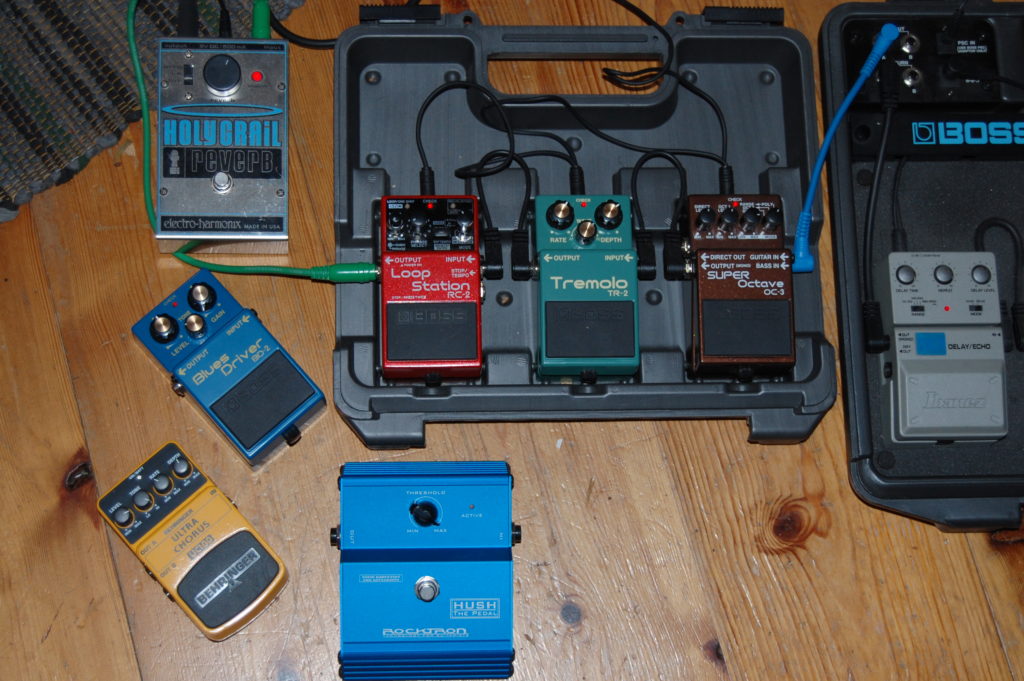
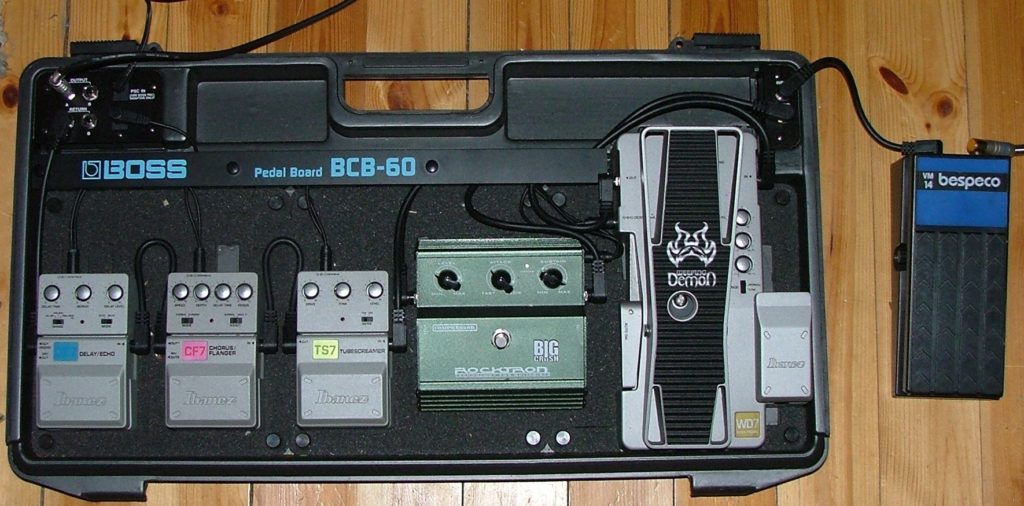
When the dust settled, I had a small group of workable tools. I decided not to go for endless possibilities (my variations are in my guitar rack) and stay with the simple. They say anything is possible, but a basic chain is WOK – wah, overdrive, chorus. Volume at the front, reverb (if there is no amp) at the end.

As per spring 2024 this is my setup, guitar to board:
- Boss volume pedal
- Rocktron Big Crush compressor
- Ibanez Weeping Demon wah
- Ibanez TS808 Tube Screamer (replacing the TS7 in 2024)
- Electro-Harmonix Ram’s Head Big Muff Pi
- Ibanez CF7 Chorus/Flanger
- Ibanez DE7 Delay/Echo
- Electro-Harmonix Holy Grail reverb
- Boss Loop Station
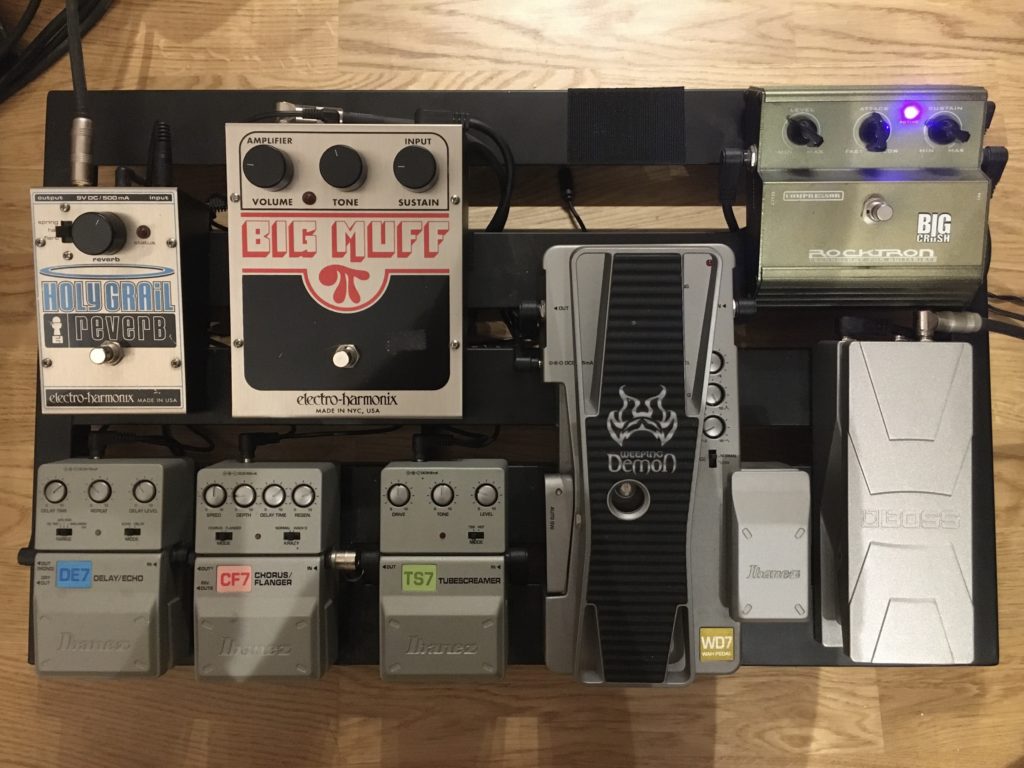
Nothing is on eleven. The Crush evens out my haphazard picking and boosts a little. I have selected the Auto SW on the wah, keeping it in the permanent up position so that stepping on it boosts the treble from the start. The Tubescreamer gives just a little hint of breaking up, the Big Muff goes all the way. The chorus (no flanger) gives occasional shimmering to chords, the delay is on nearly all the time. Reverb gives the sound a great room, and then I just step on the loop station and lose myself in it.
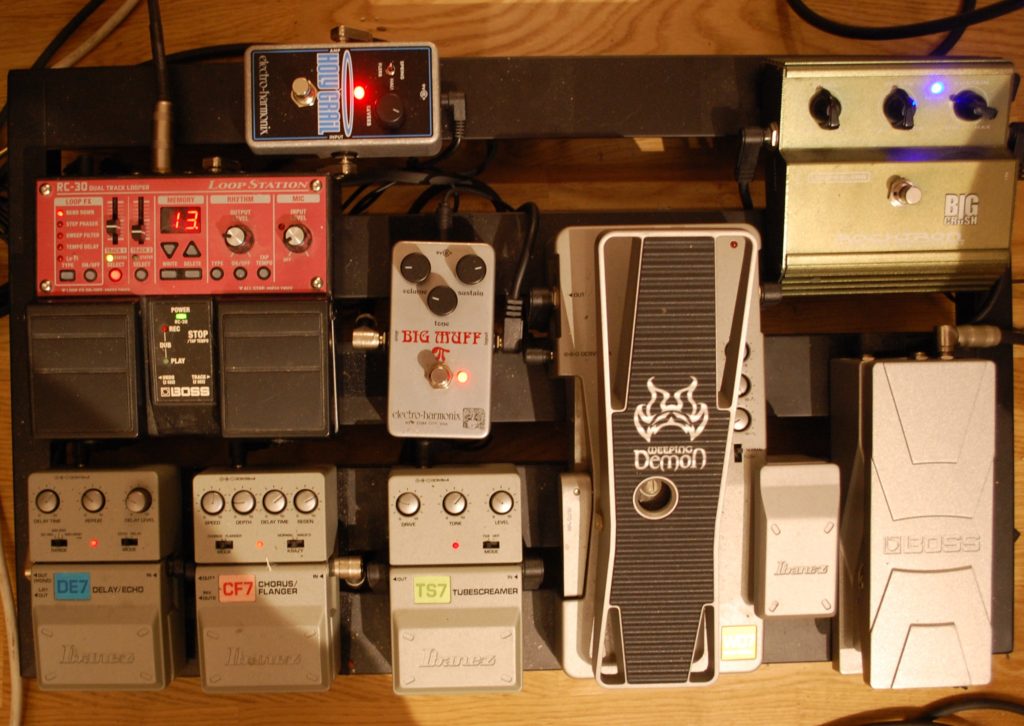
I have exchanged both Electro-Harmonix’ for smaller footprint versions, to be able to fit the looper on the board. Latest improvement is running the output from the delay/echo in stereo, panning slightly to get a bigger sound.
I also have the Floor Pod and the Colorsound in case I feel even more adventurous, although the Pod has remained idle for quite long. I do have the Pocket Pod for cramped surroundings.
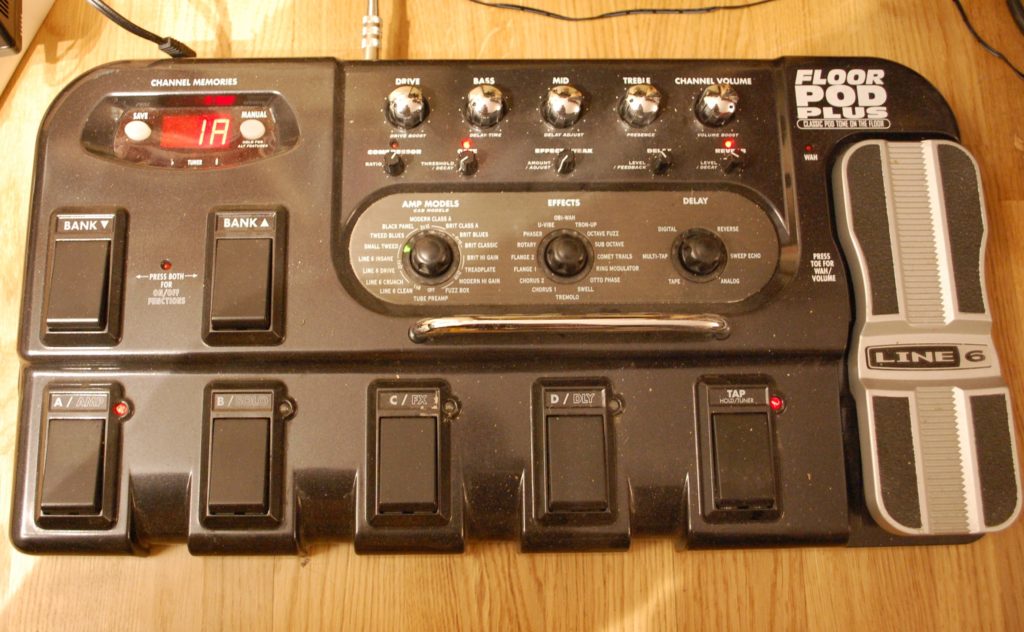
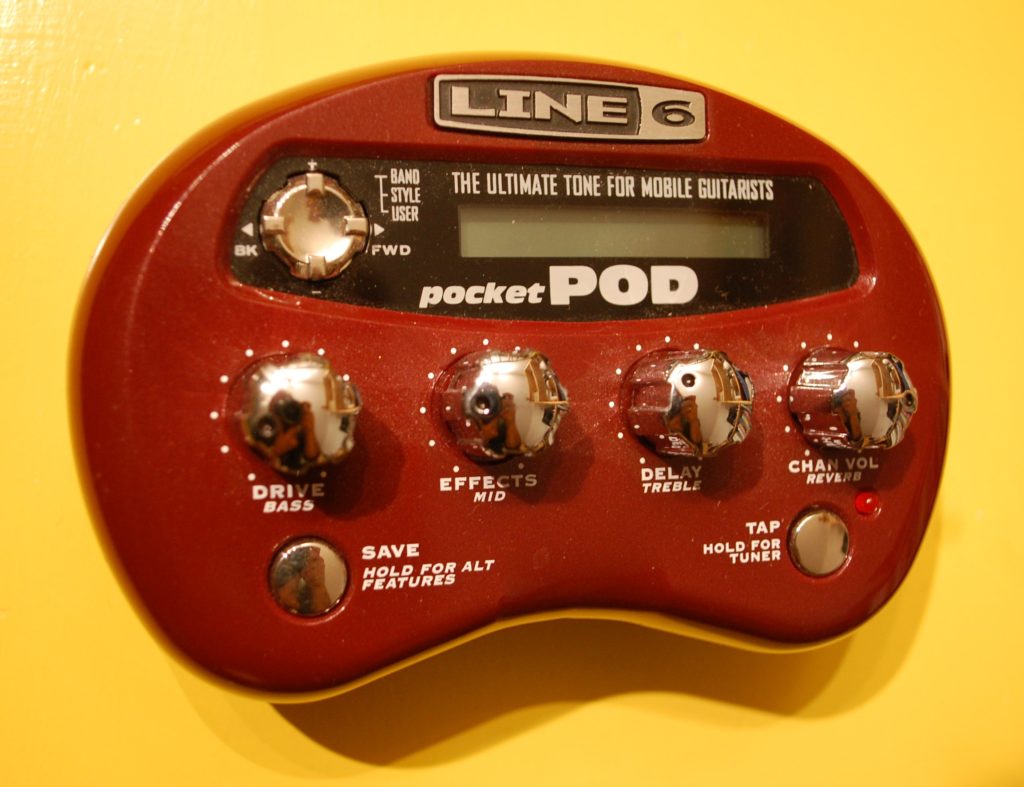

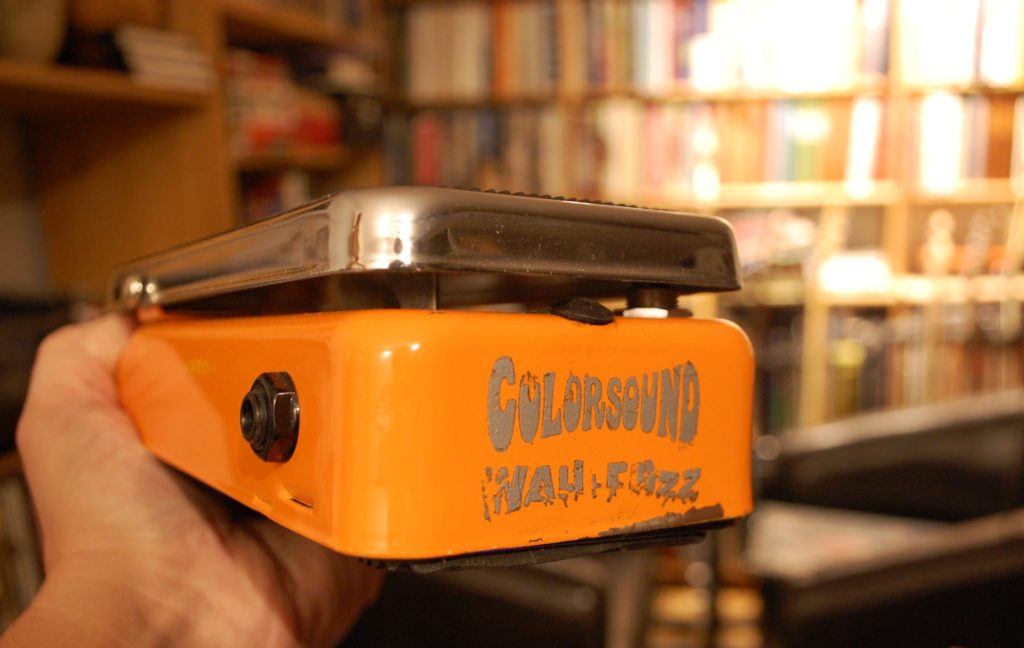
Boss RC-30 Loop Station
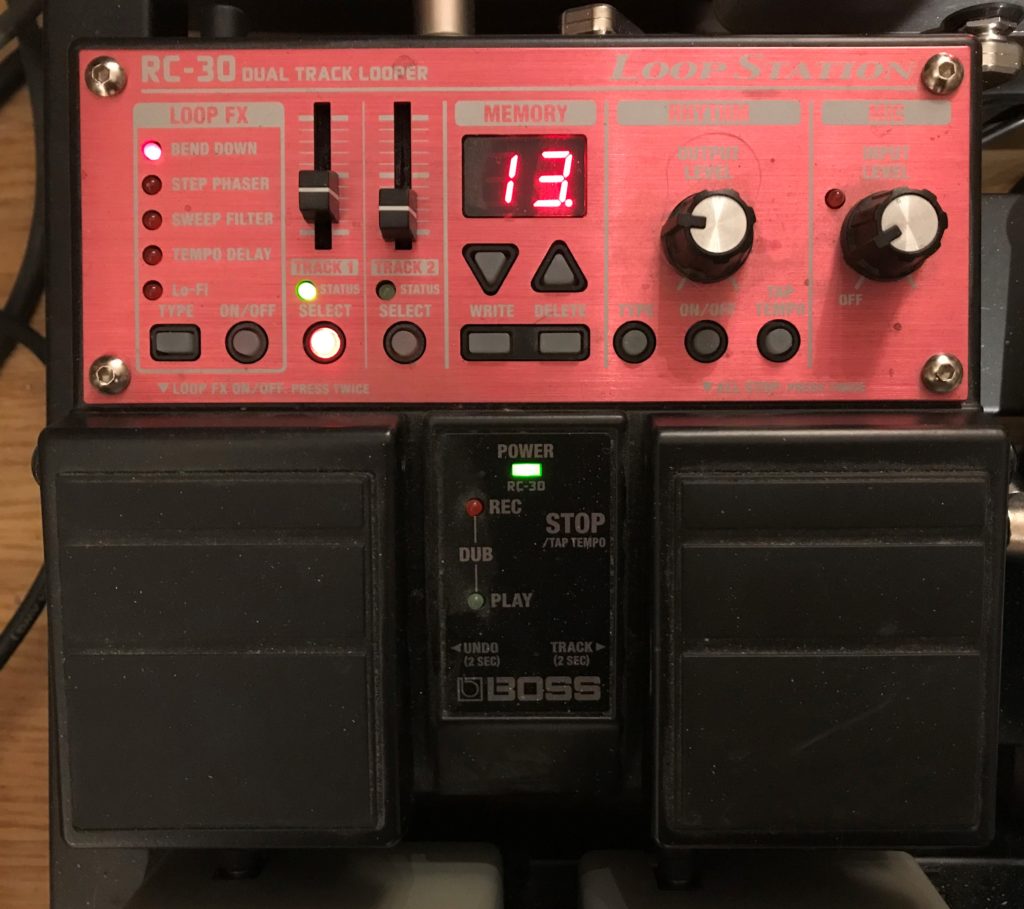
The RC-30 looper (from 4Sound in Karlstad) has been a great tool both for performance and practice. Keeping a band together is never easy, but a looper is ready at the touch of a foot. The RC-30 has two independent loop tracks and functioning rhythm patterns, with lots of storage space and intuitive interface.
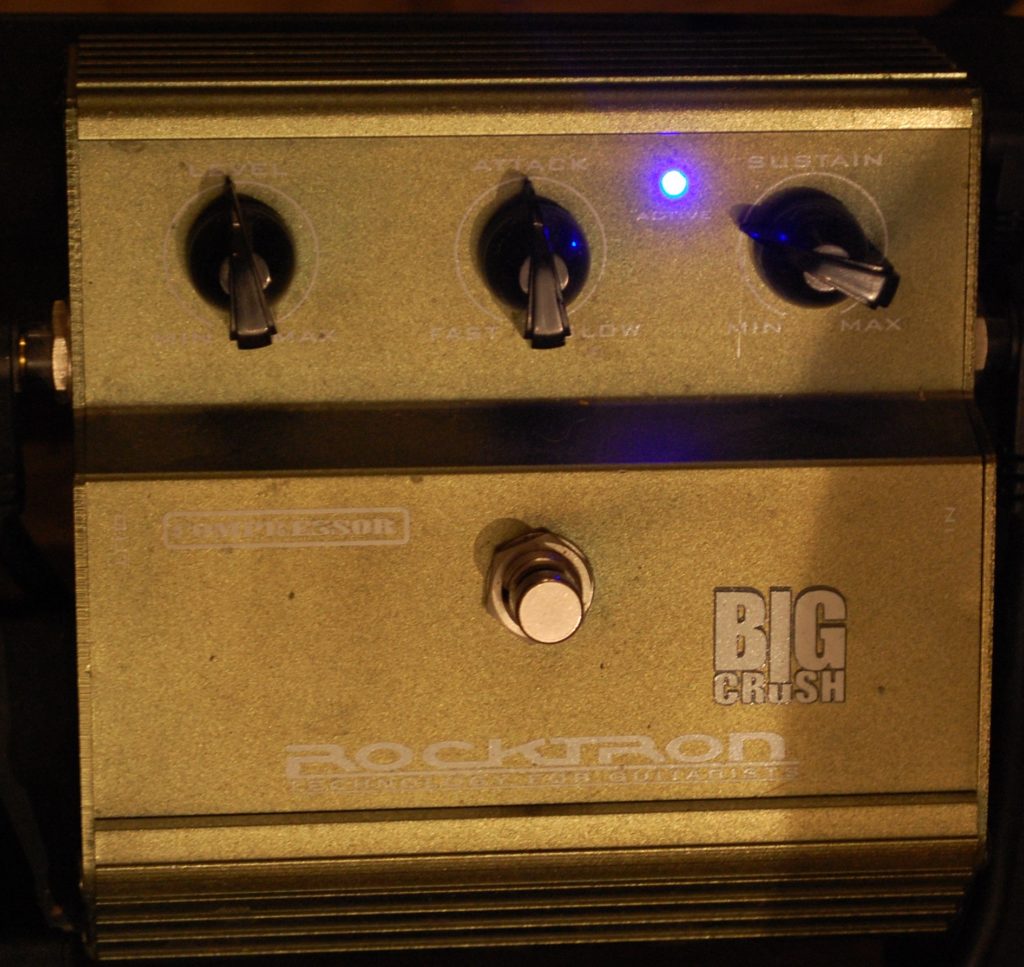
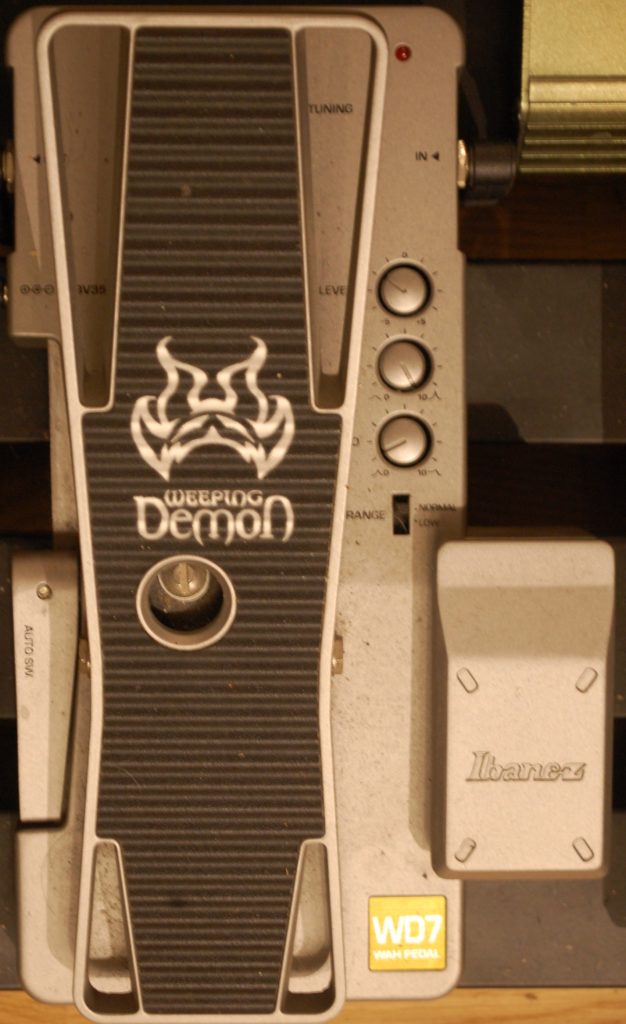
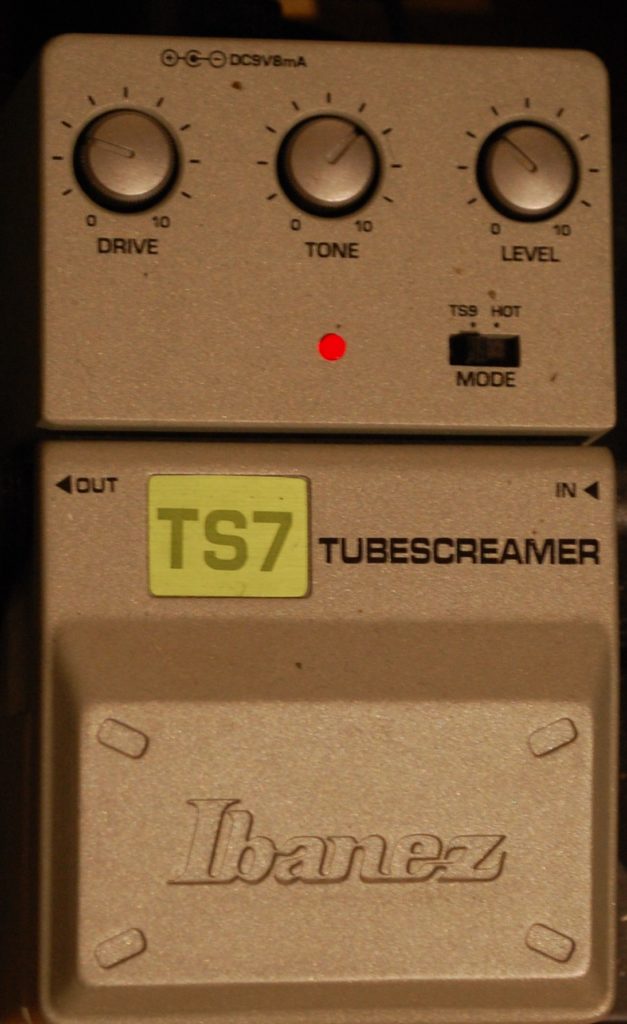
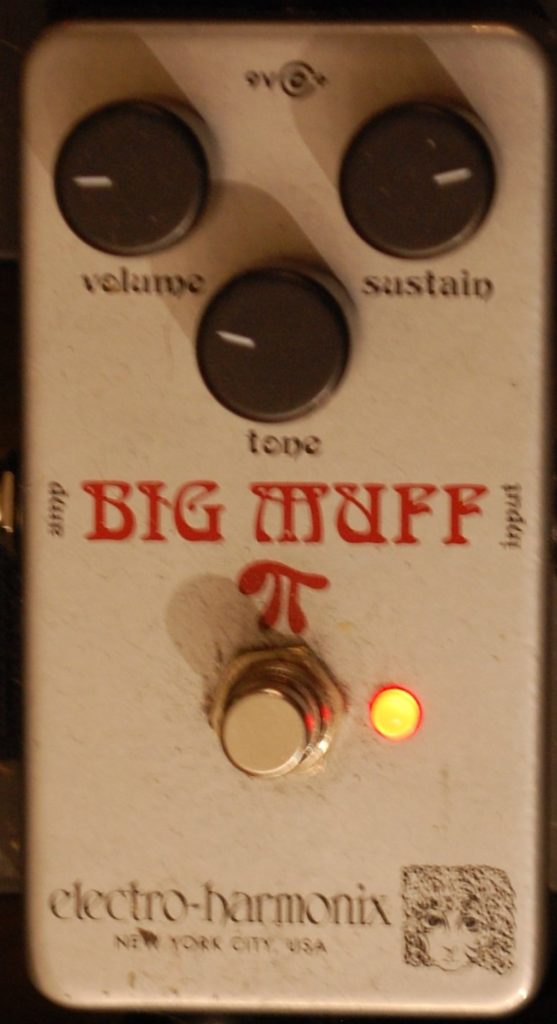
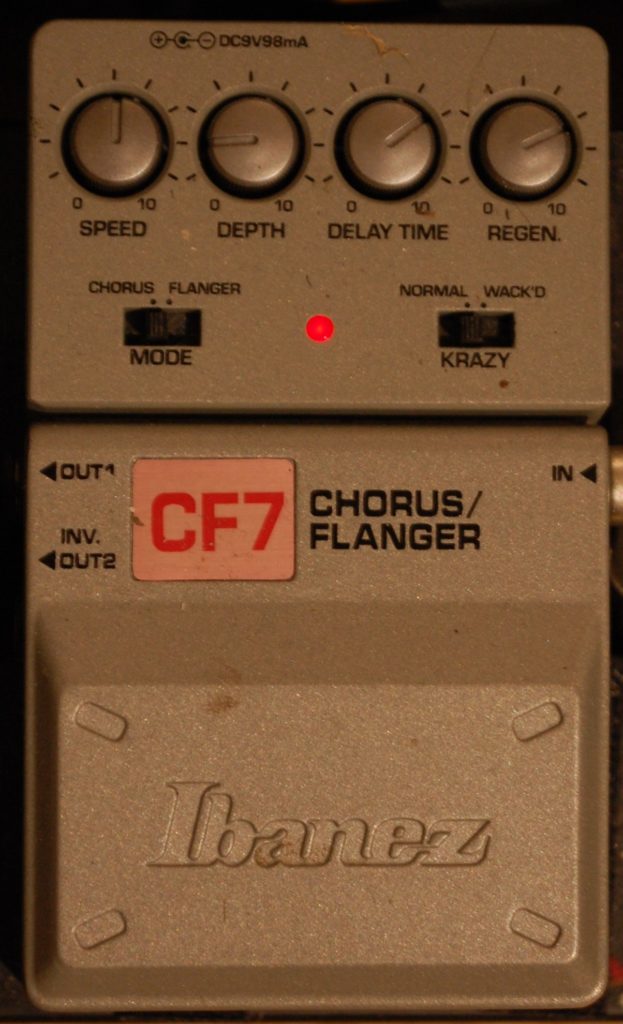

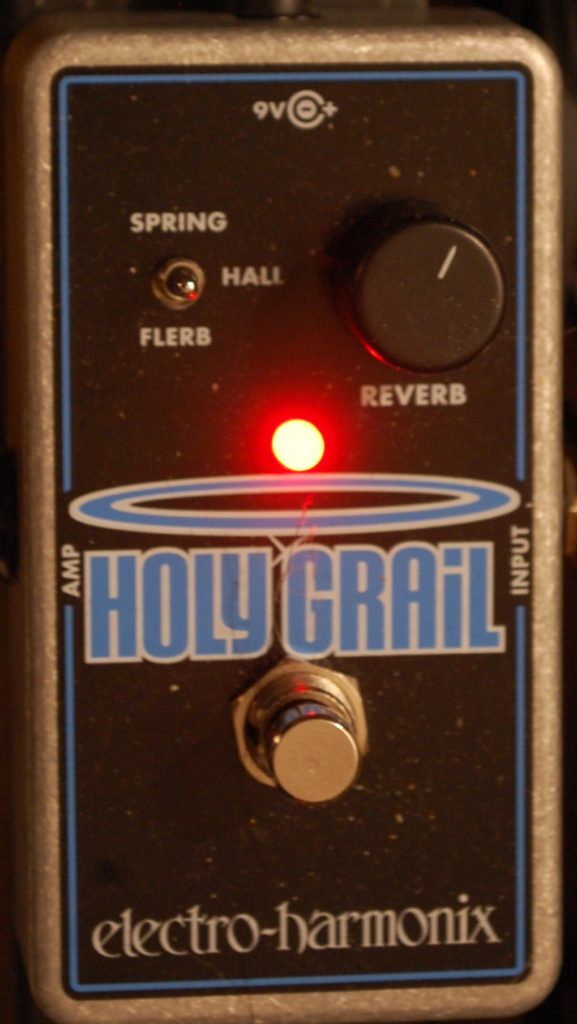
Amplification
Peavey Bravo 112 (1995-2009)
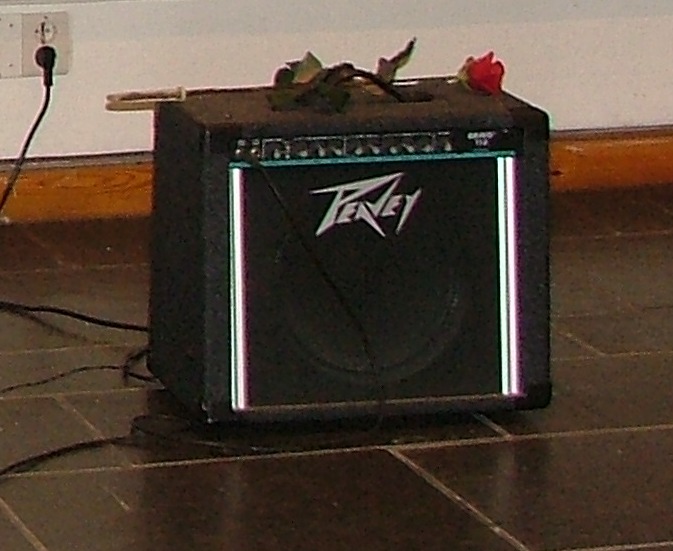
I got the Bravo along with the Epi Emperor in 1995, and it served me well whenever I needed to amplify myself, including EH Band and Trio performing live. After an issue with the mains transformer I decided its time was over. By then I mostly played in the studio or in a corner of my living room, so I graded down to 5 watts.
Peavey MP400 (2005)
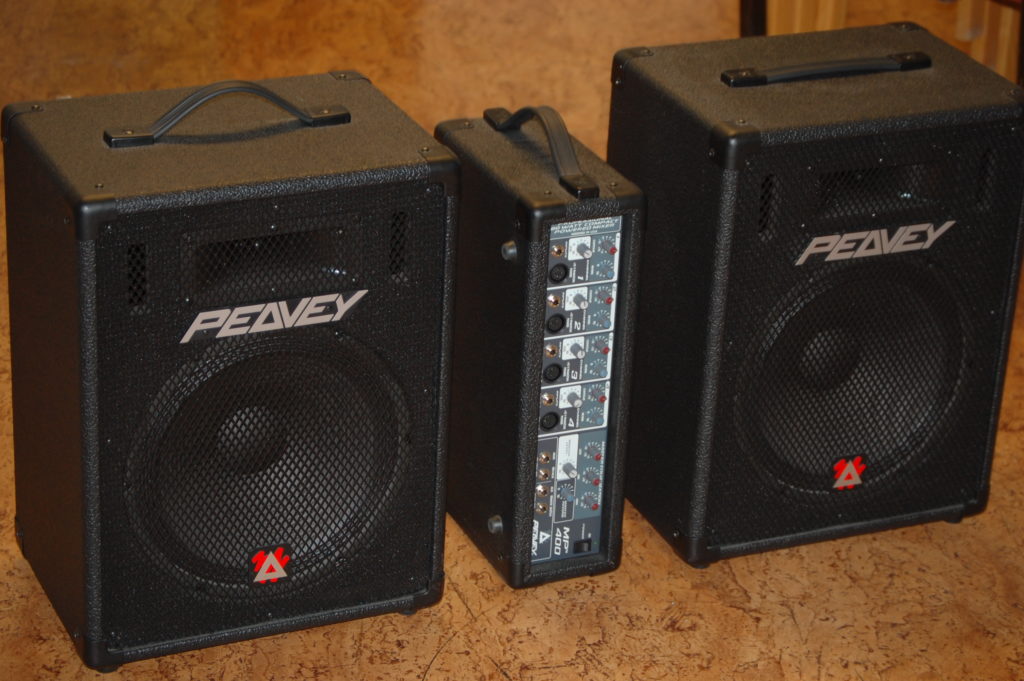
With gigs coming up, the Erik Hofsten Band needed a PA, and this four-channel mono setup handled the stage piano and microphones, while bass and guitars had their own, and the drums were self-sufficient. With no egos in the band, we actually listened to each other, and as band leader and composer I enjoyed my songs coming to life. Thanks to Kjetil, Erling, Felix and Marius.
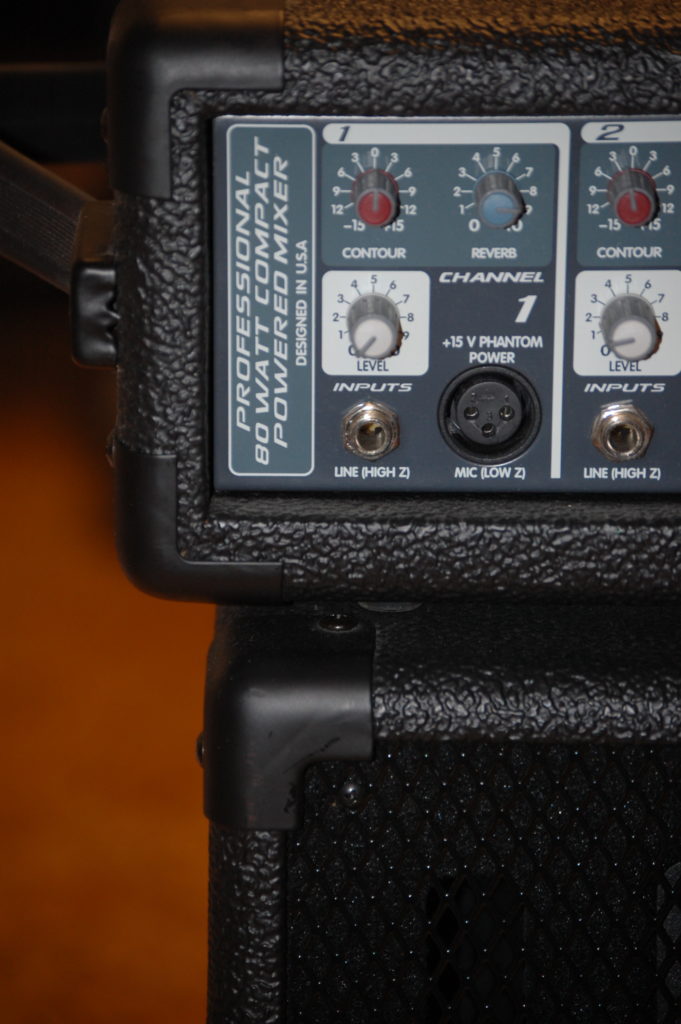
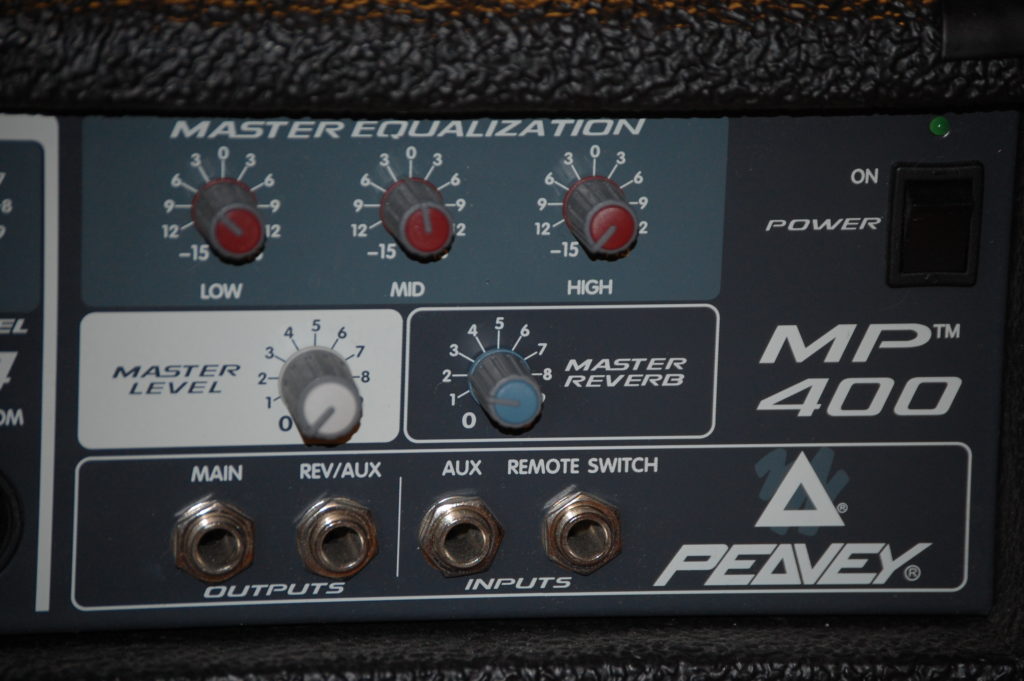
Fender Mini Twin
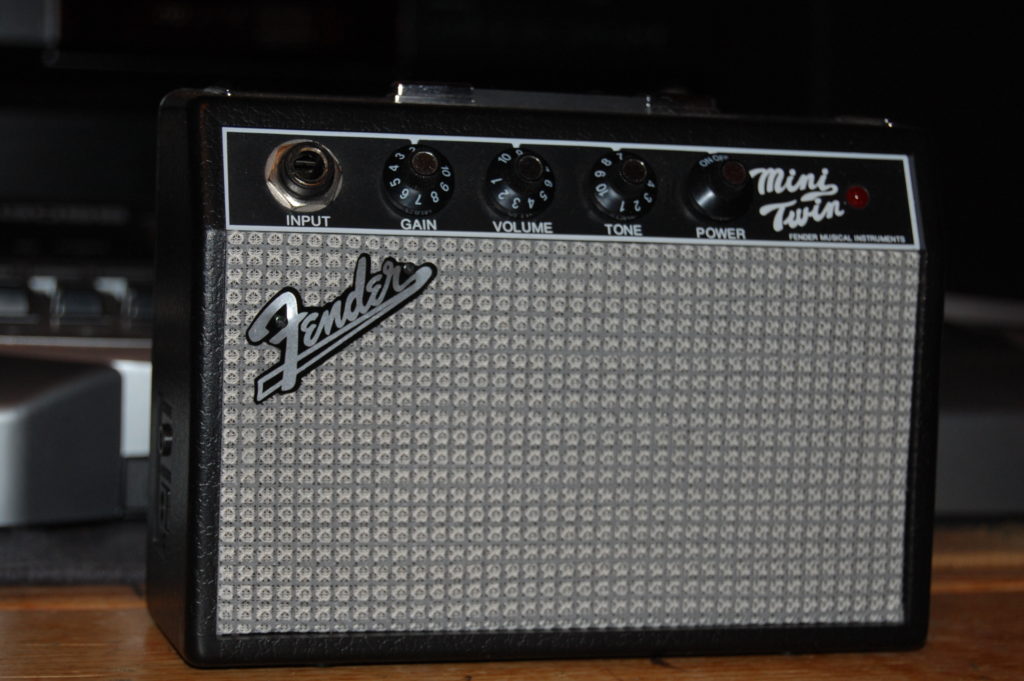
Fifty percent discount in a shop in Arvika. The sound is unsurprisingly rather small, but still Fender-y. My penchant for Fender amplification stems from experimenting with the V-Amp; scrolling through the stacks and the boutiques I usually landed on the Fender Champ setting. So what do I do?
Fender Champ (2009)
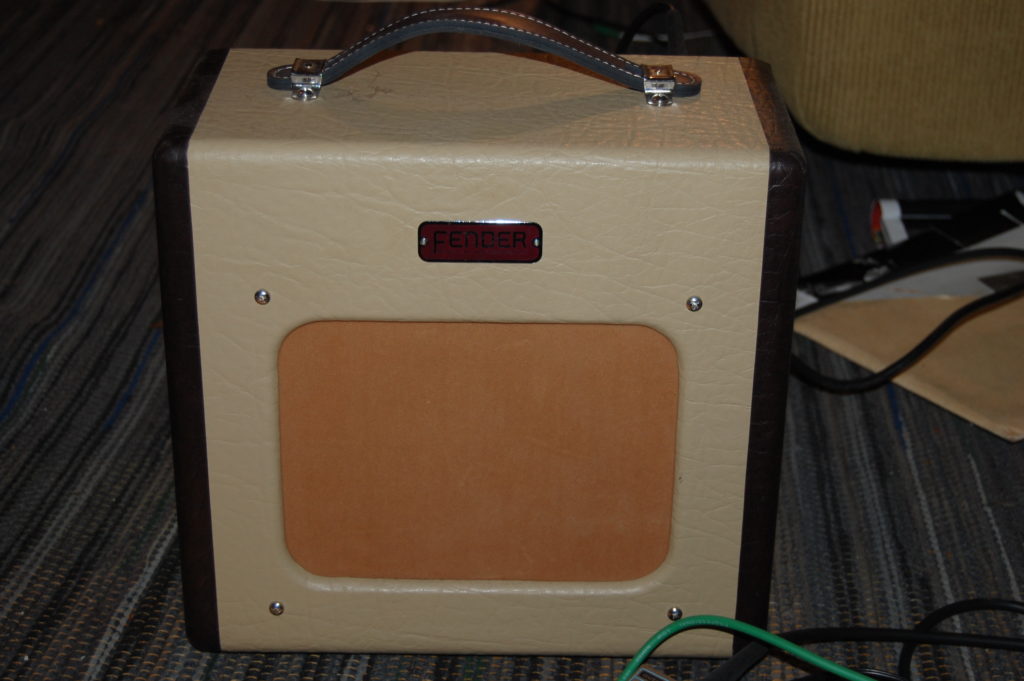
For some reason I tend to buy my main amplifiers in Moss, at Stordahl which has now become 4Sound. Well, I used to travel in that direction regularly for nearly twenty years. The neat Champ packed a surprisingly big sound in a handy package, but of course I needed some reverb. See pedal board and find the Holy Grail.
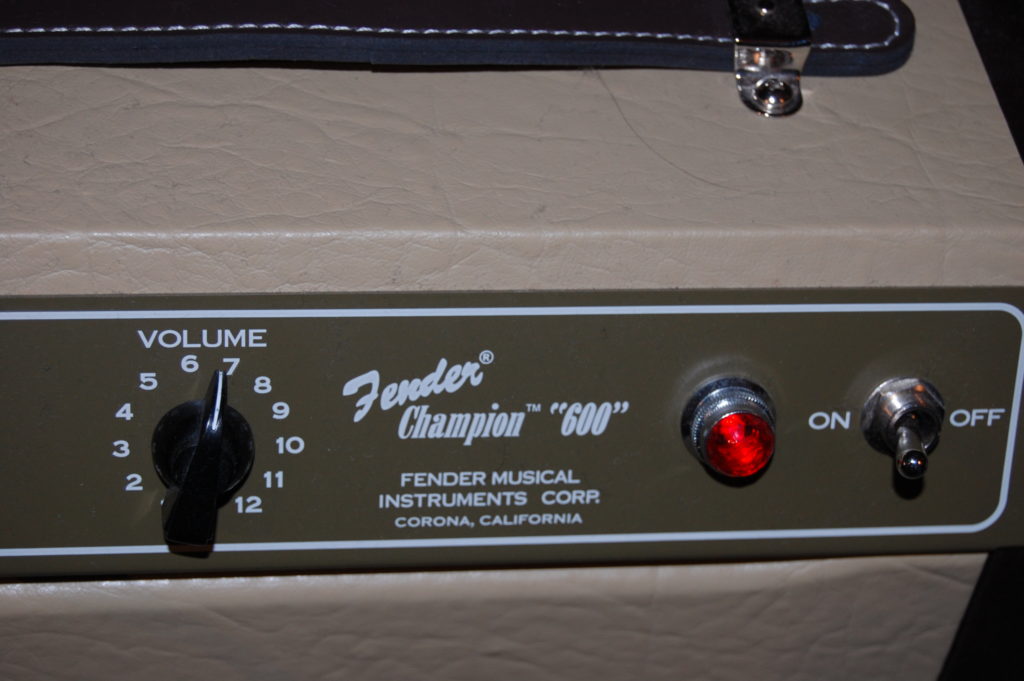
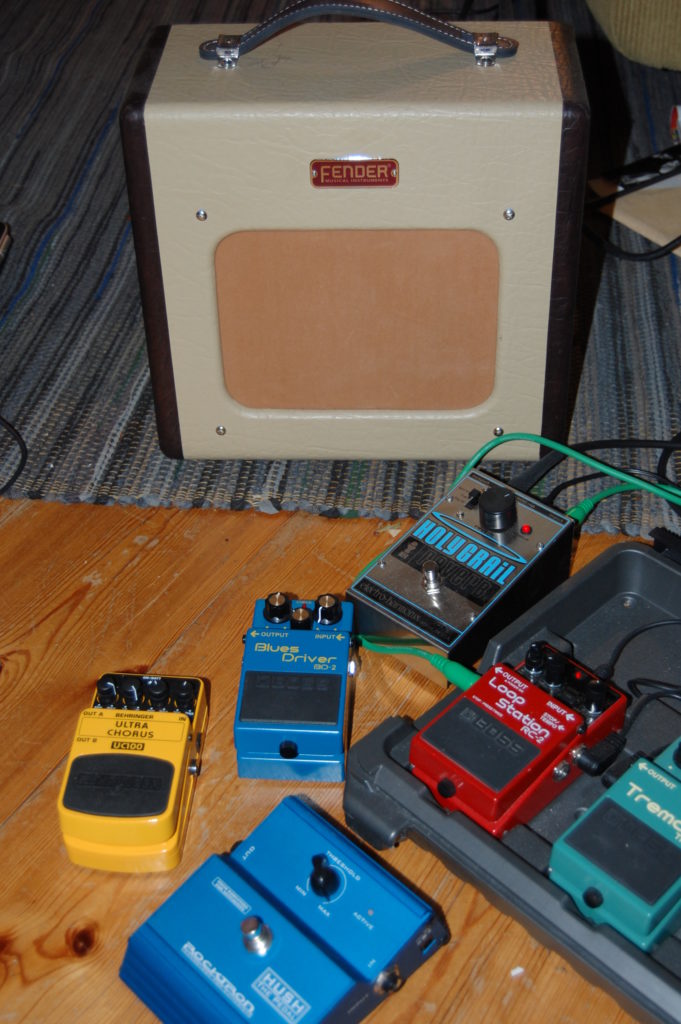
Fender Mustang I (2011)
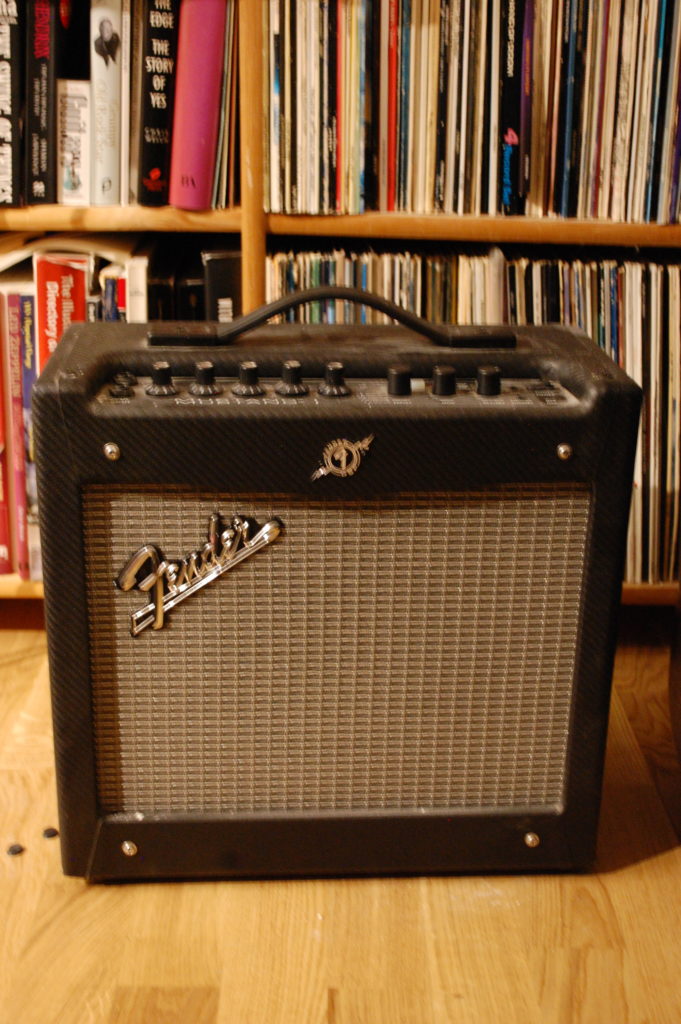

Yet another pick-up on my way to the forests of south eastern Norway, this resided for some years in a corner along with the wall-mounted Telemarkster which was carved out one rainy summer spent on the front porch with a knife and some sandpaper. Lots of interesting sounds, although I have this strange feeling of regret for neglecting most of the expensive Dumbles and Mesas while preferring an uncomplicated Twin or Bassman with reverb and delay. I am a dedicated pedal guy, I’ve found.
Fender Blues Junior (2012)
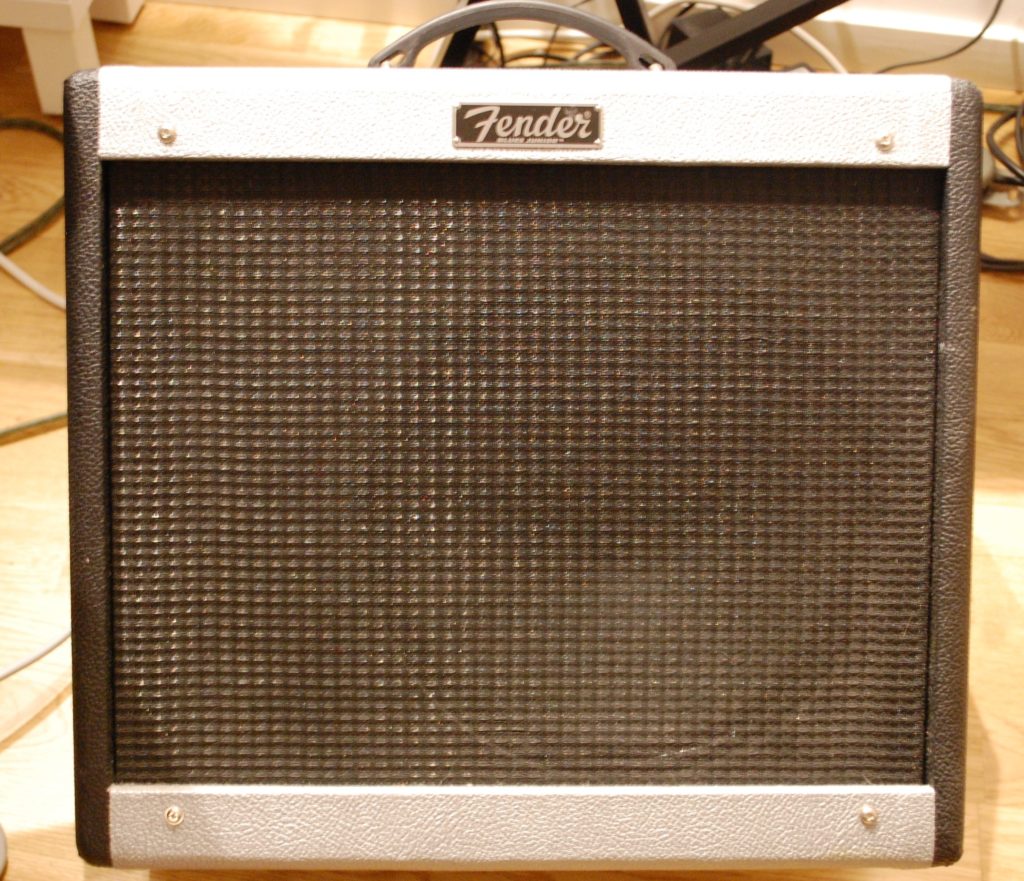
In one of the guitar magazines a recurring question is if the interviewee would rather have a bad amp and a good guitar, or vice versa. Could we say yes, but no? I’d pick a good guitar (or several) any day just for the feel of playing it, and never mind the valves. On the other hand you could probably make anything sound good if your fingers are up to it. My guess is David Gilmour would sound like Pink Floyd even on my grandmother’s gift guitar.
I’m veering. My point is that I have found a good amp, and that my search for sound takes me through the array of guitars patched into an easy navigable pedal board into a Fender Blues Junior, Silver Edition, bought in Moss.
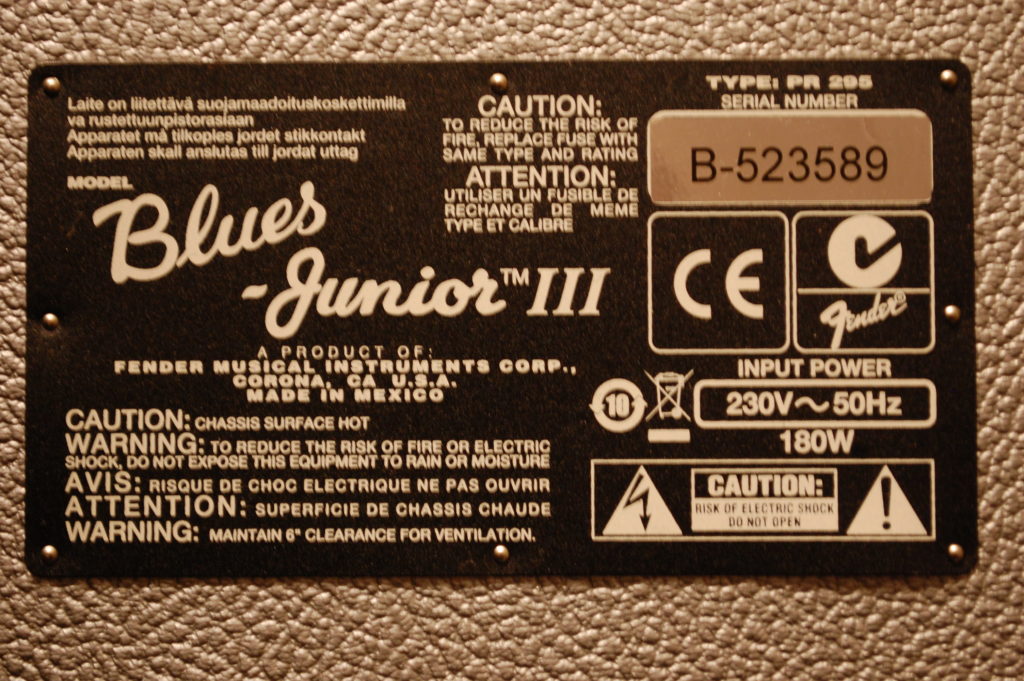
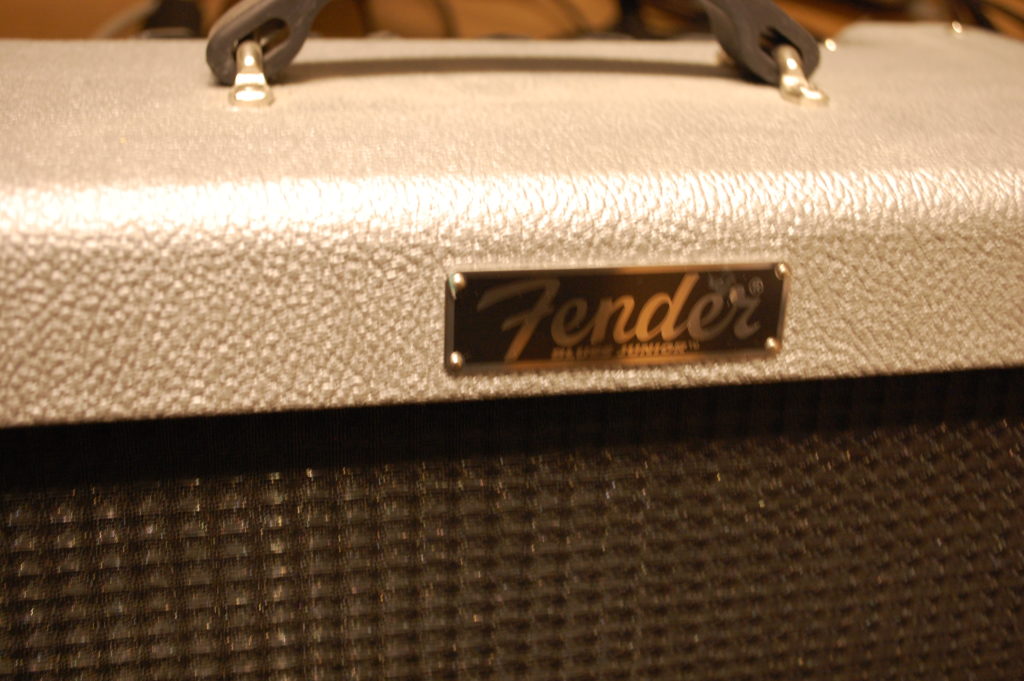
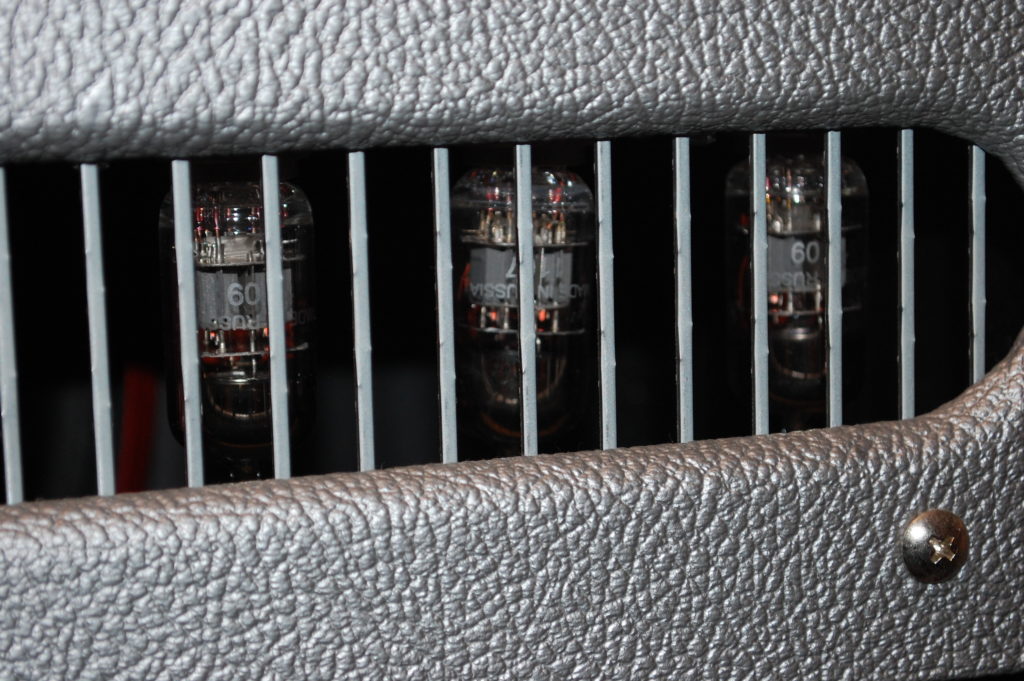
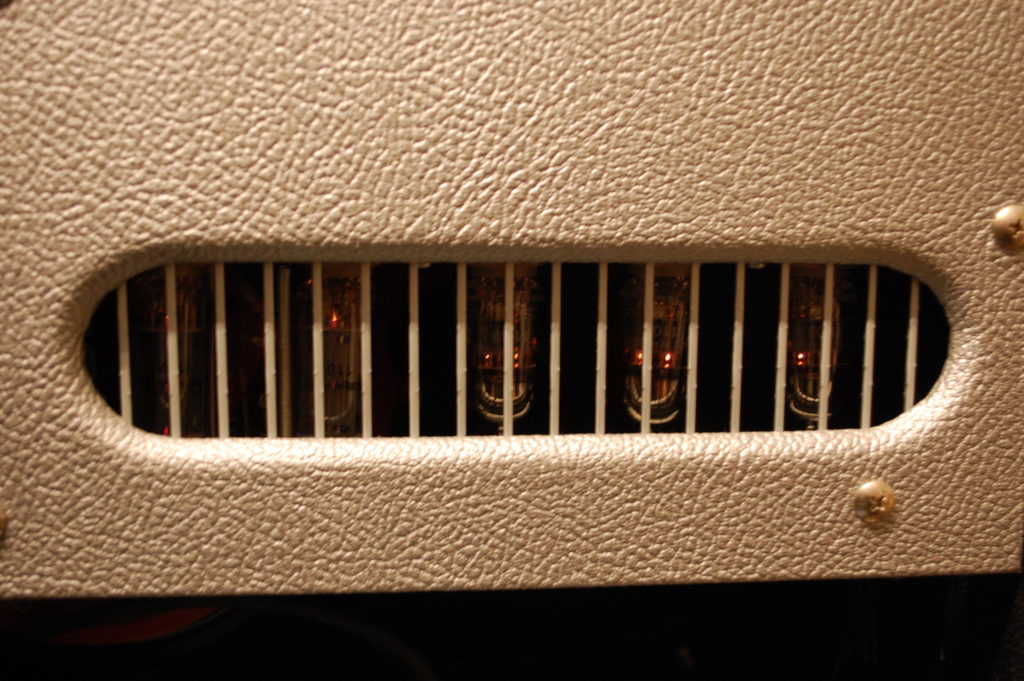
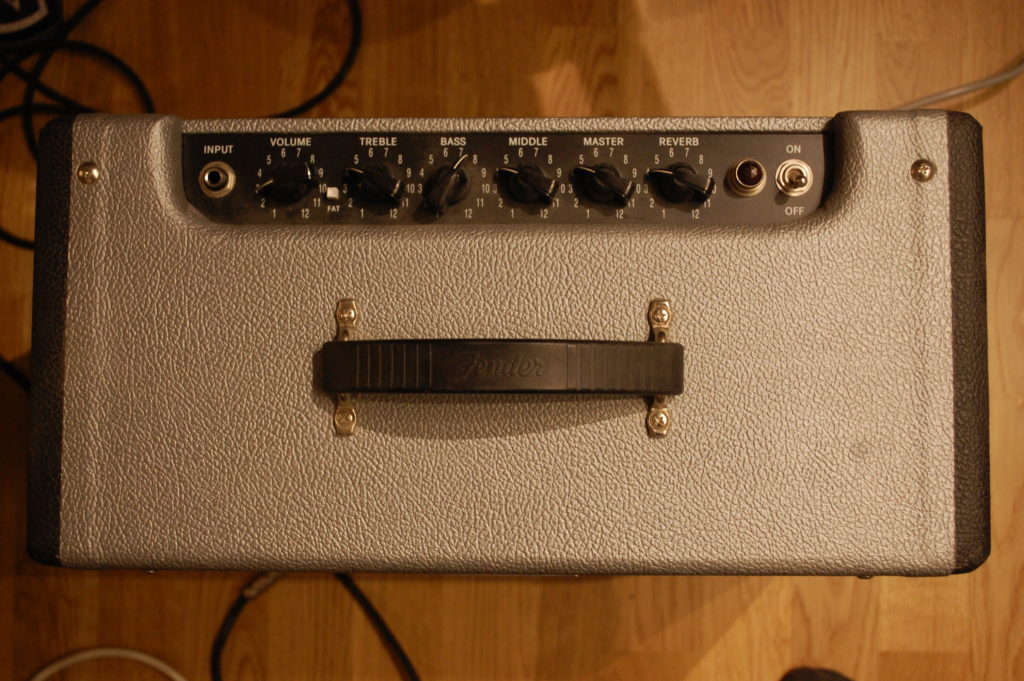
Blackstar Fly 3/103 (2019)
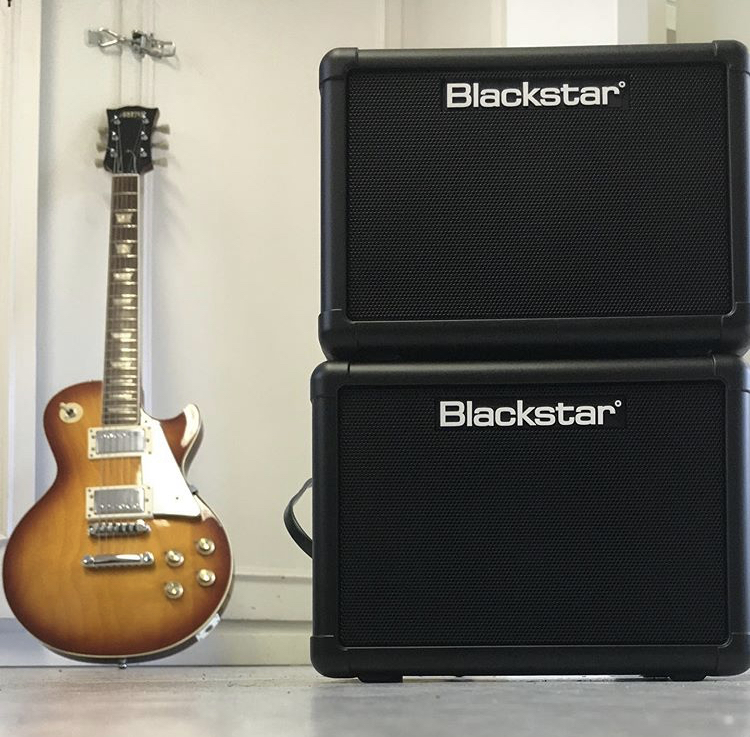
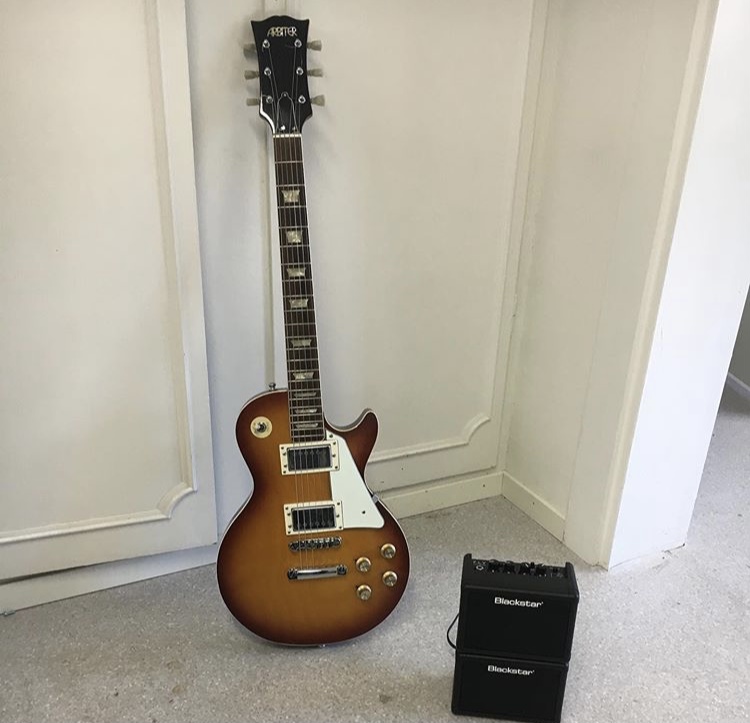
Finding the Junior doesn’t mean I’ve stopped reading reviews. The magazine Guitarist put a tiny desktop stack on my wish list after praising it for great sound and simple but functioning controls. Sometimes I feel like ditching all pedals and just explore the sound of a guitar straight into amp. At bedroom volume (or at short breaks at work), this is a great solution.
Vox AC30 30th Anniversary Limited Edition (2024)

I had put up two Les Pauls for sale. Minutes later I got an offer for a swap, or rather several possible swapping objects. Originally I had wanted to finance the incoming ’77 LP, but on the other hand I had been thinking of upgrading my amp range since moving house. Along with Fenders I liked the sound of a Vox. (Fun fact: At twelve I got a cassette of a Norwegian guitarist who played a Fender Stratocaster through a Vox AC30. The names stuck.) How about this one for the Goldtop? I didn’t hesitate. And that other LP? See below.

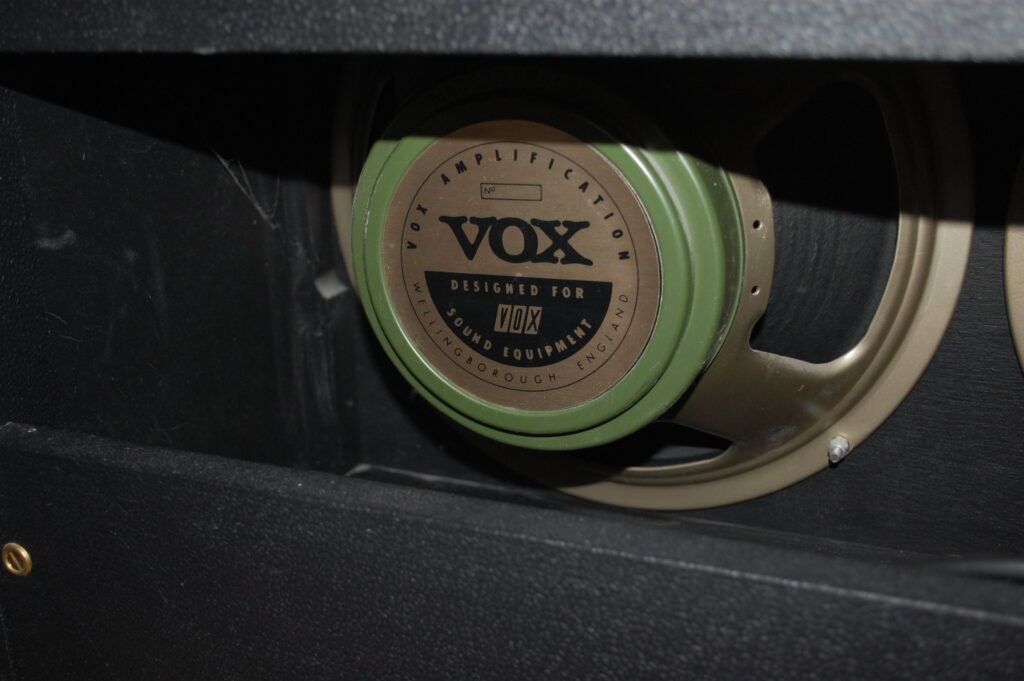
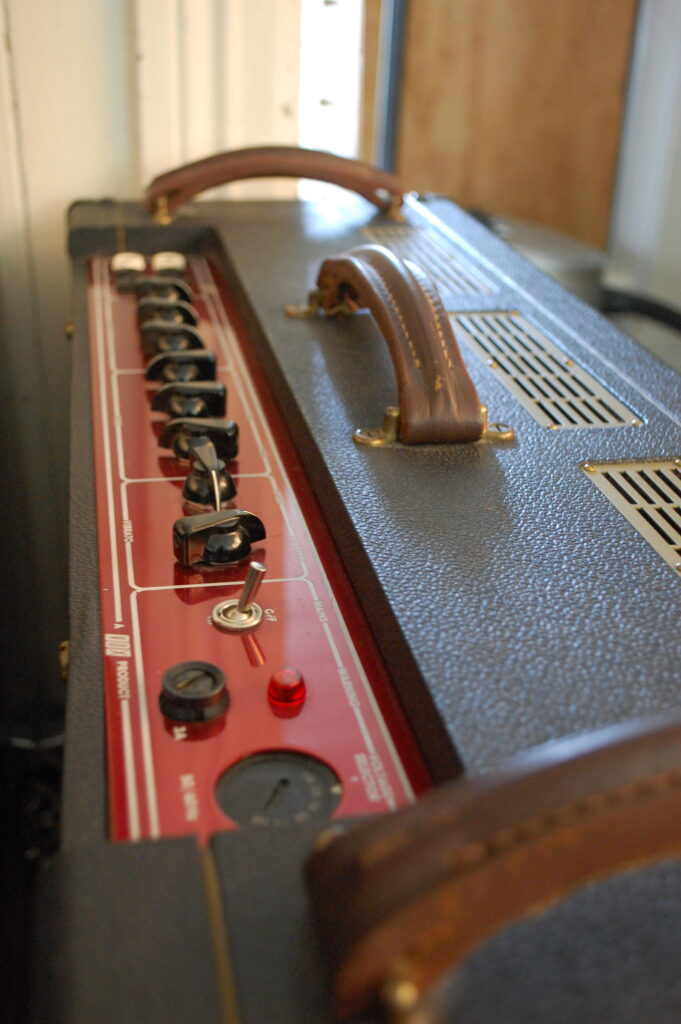
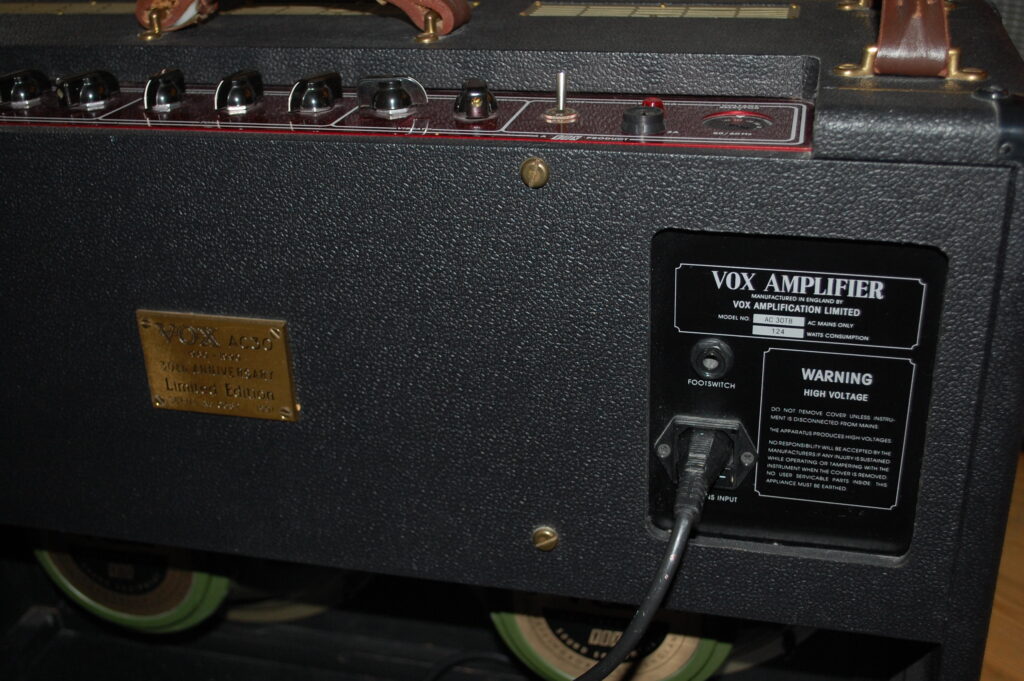
Fender Twin Reverb Tone Master (2024)
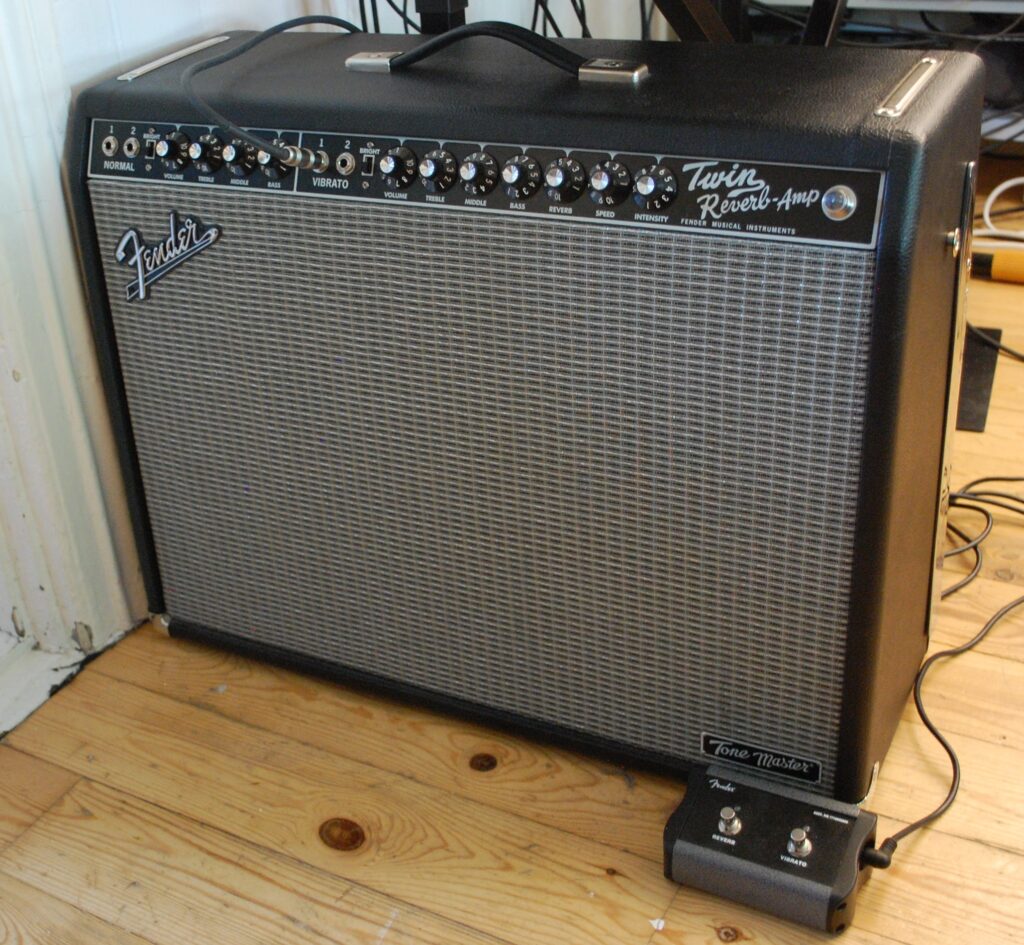
And that other LP? How about the Twin and an adequate amount between? Done deal. A two-hour drive and return, including a five-minute ferry trip, resulted in my LPs finding a good home, and me lugging two amps through the door. Or lugging the Vox; the Twin is the solid-state version (Tone Master) and needs only one handle to the AC30’s three.
The Twin is now sitting between the pedal board an the Tascam; the XLR out goes in the mixer, making it possible to listen to the Twin (loudly!) or running everything through the studio monitors.
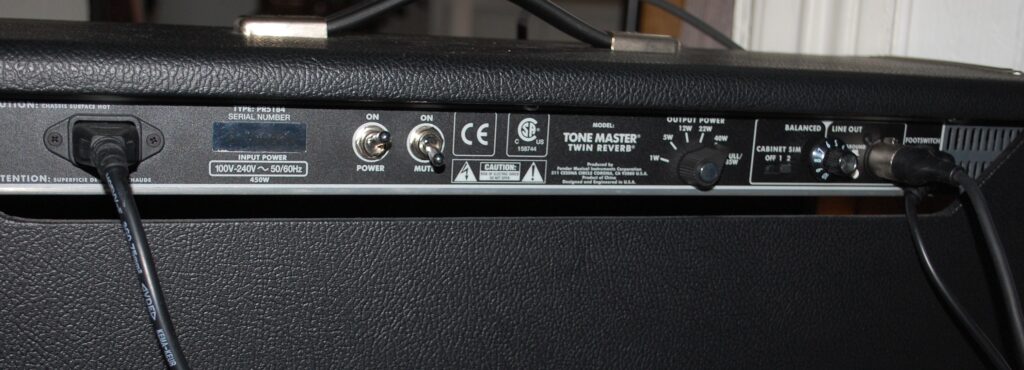

Recording
Tascam Porta 02 MkII 4-track cassette recorder
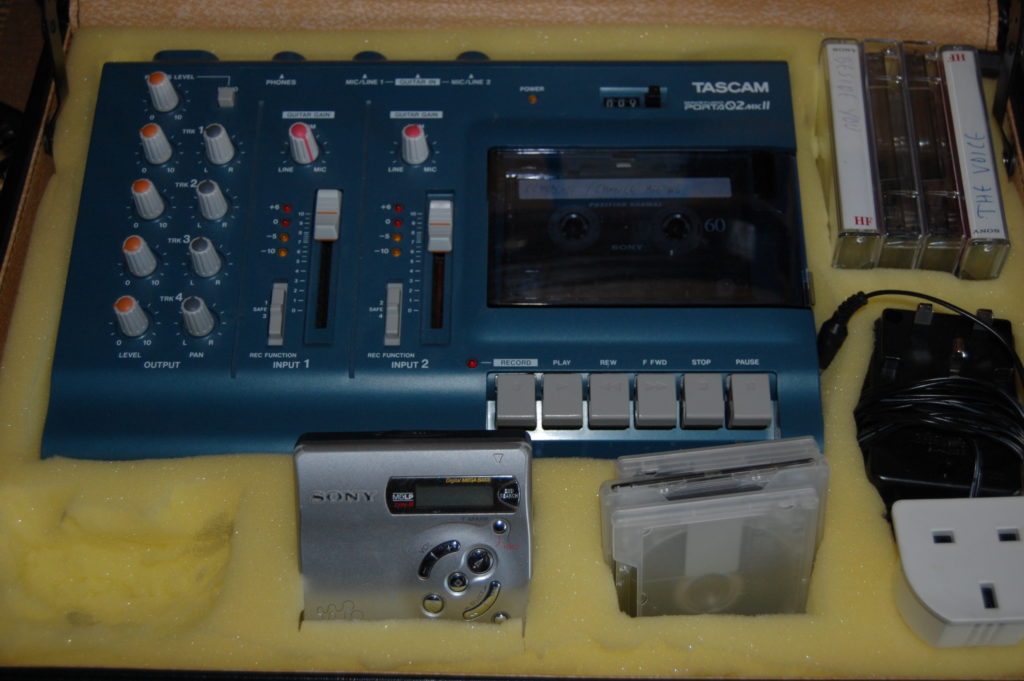
Tascam invented the Portastudio. Even after everybody else went digital, they launched new cassette recorders. I brought this to the north of Norway to record what was to become – yes, Journey to the North.
Boss BR-1180CD 10-track digital studio
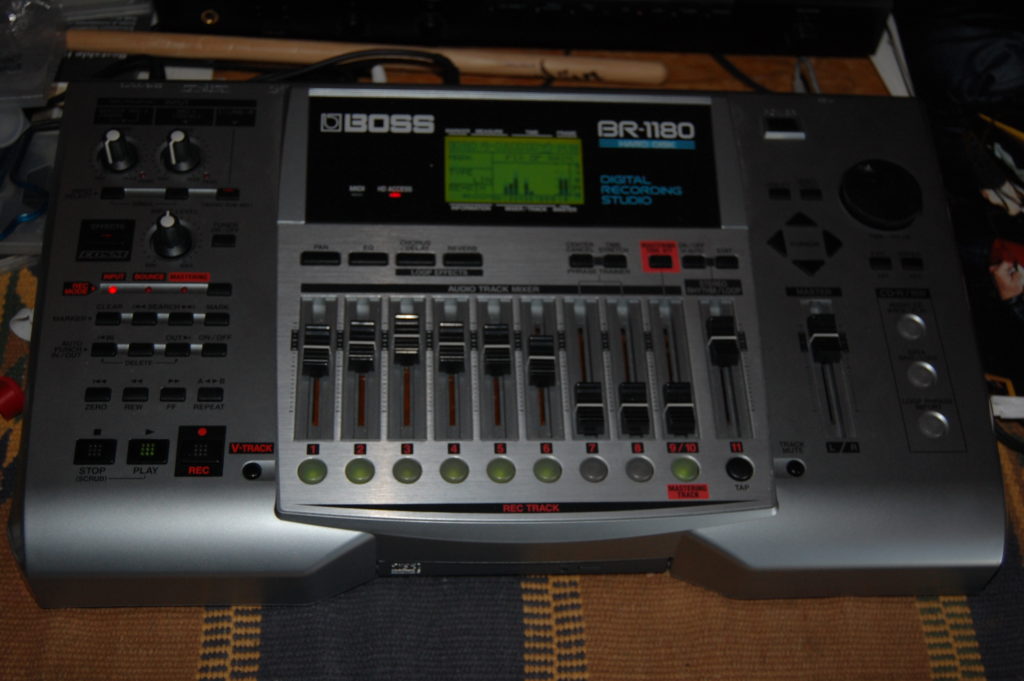
For a serious tool to record on, and after losing an album’s worth of songs on a crashed hard drive, I turned to Boss’ handy 1180CD after yet another visit to Ljosland. Nothing has made me reconsider using a pc as this is more hands-on with faders and knobs, and no power wasted on Solitaire or spam mail.
Zoom H4 4-track portable digital recorder with built-in effects
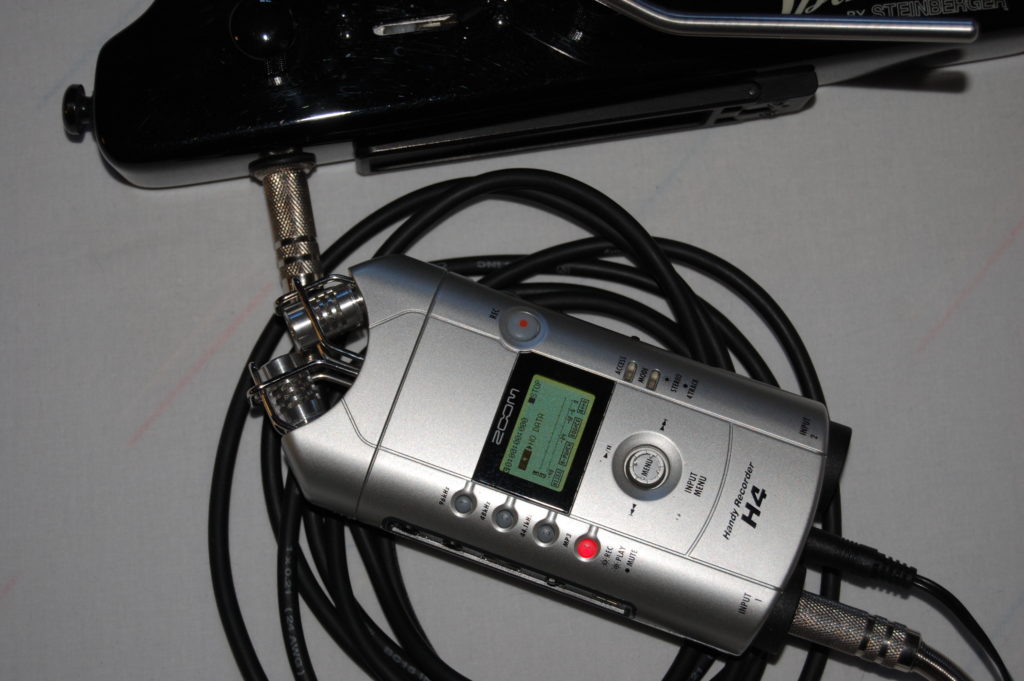
A wish for some kind of pocket dictaphone led to the Zoom H4, with built-in stereo mics, decent processors and editing facilities. On the world’s Northernmost performance, in Ny-Ålesund in 2008, I played the Steinberger through the Zoom into a pair of pc speakers. In the small room it worked really well.
Zoom R24 24-track digital studio and mixer
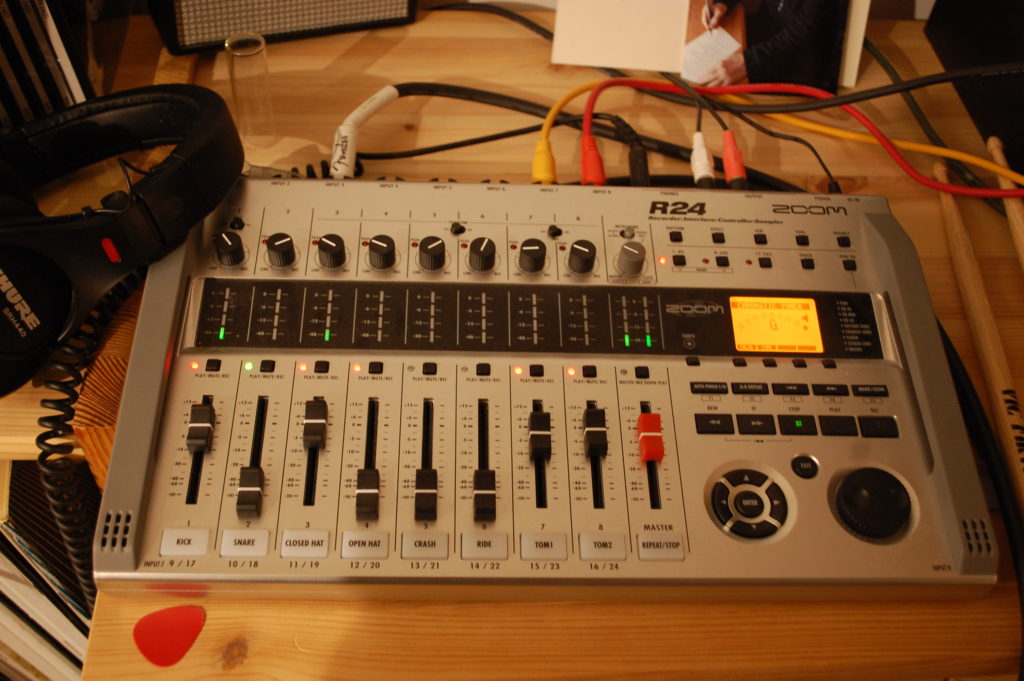
The Boss served me well for fifteen years until packing it in. There may be some sketches still inside, but the main bulk is saved elsewhere. On reopening Studio 4F in 2020 I connected everything to a Zoom R24, storing on a SD Memory card. Pure wizardry.
But after relocating back to Soundåsen Studio in 2023 I decided to upgrade to more knobs and less screen navigation. As main mixer, yes. For recording – I never really felt secure in whether I was on track eight or track sixteen. Wait – did I just overwrite the amazing organ solo?
Tascam Model 12

That’s ten tracks in, and stereo mix adding up to 12. I am running the microphone, the bass, the drums (stereo) and the pedalboard (two channels, delay in the right) directly into the Tascam. The three keyboards go through the small Behringer mixer in stereo, and from the Tascam the sound emerges from a pair of Behringer Truth studio monitors. This means I can easily double any part and have everything on dedicated faders. After two days this feels like home.

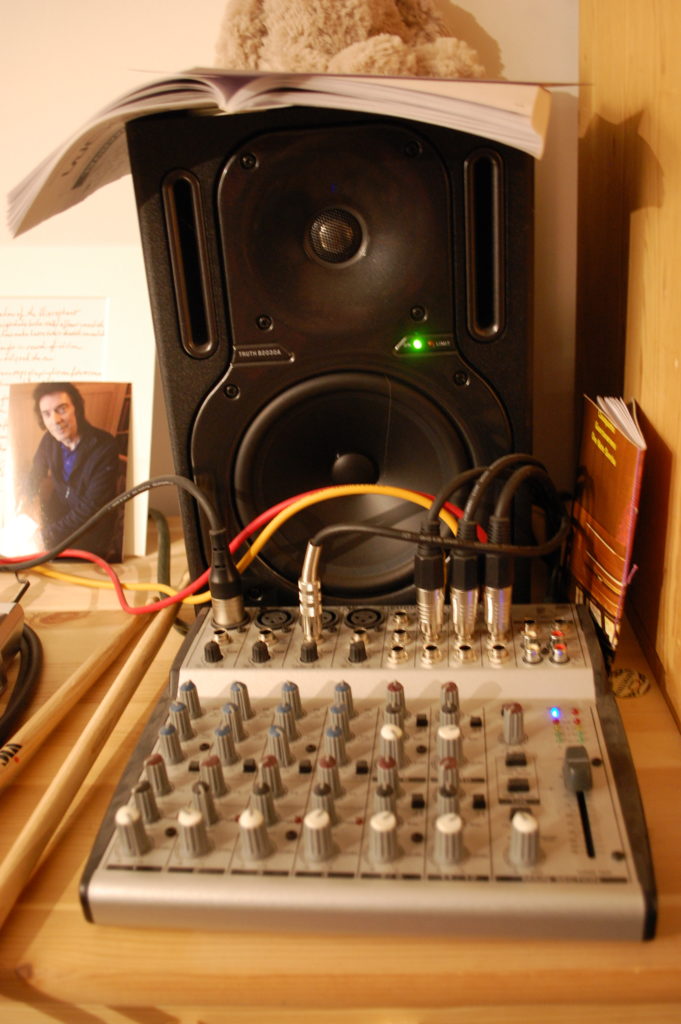
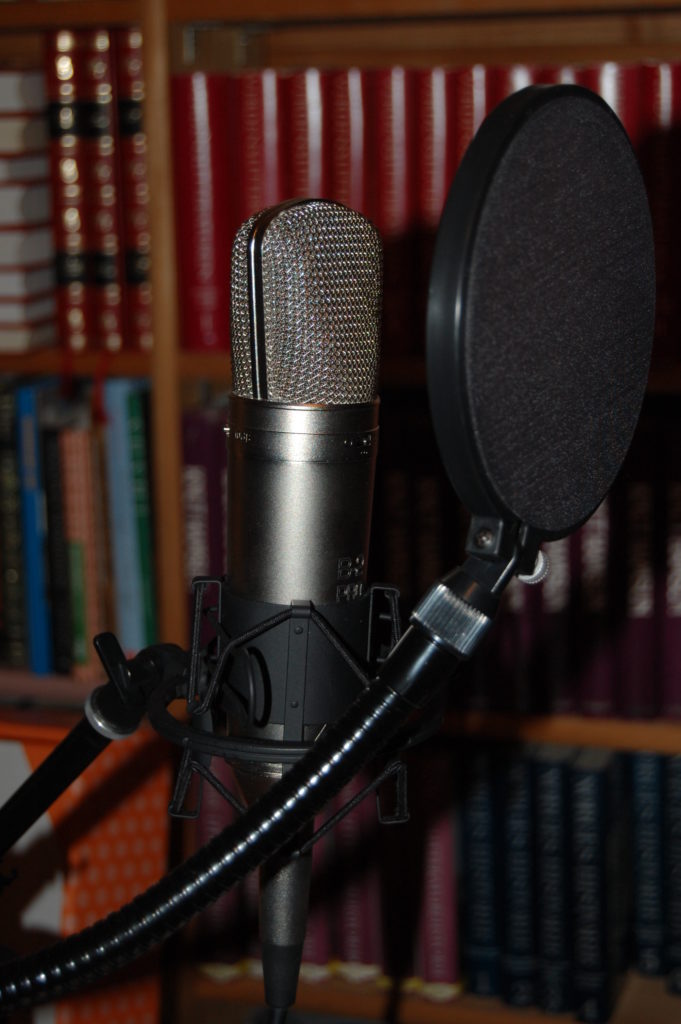
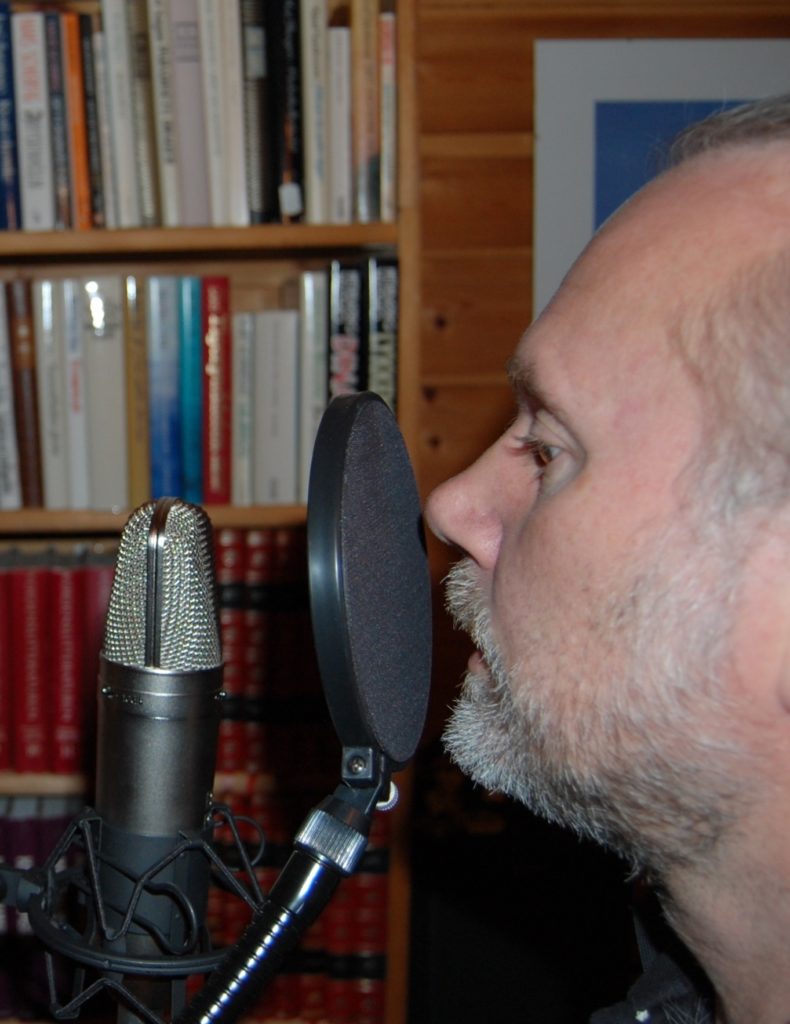
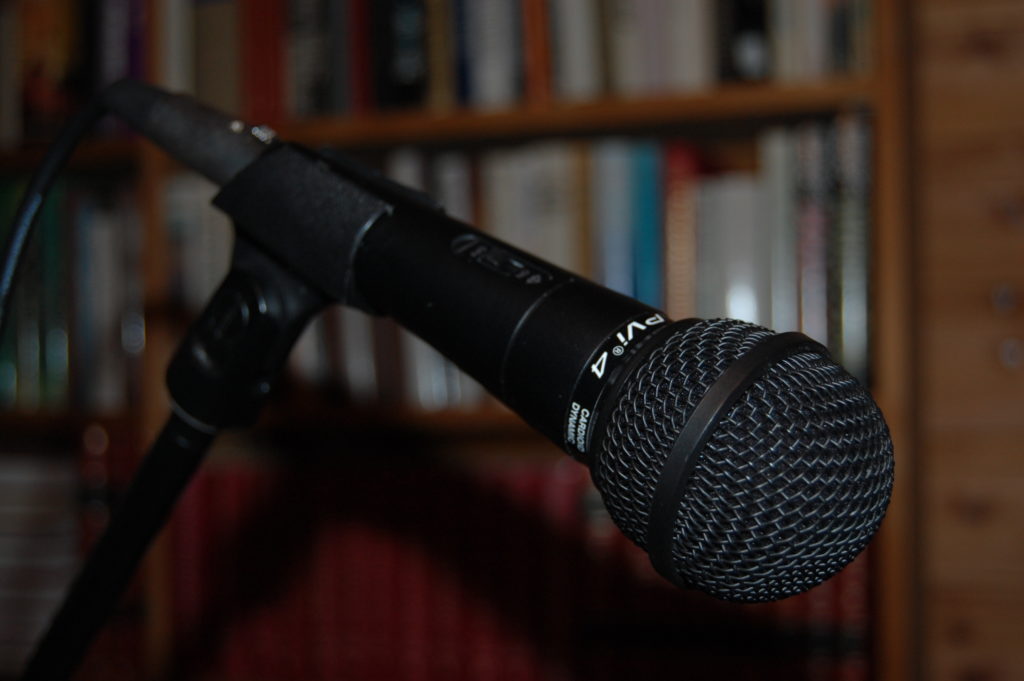
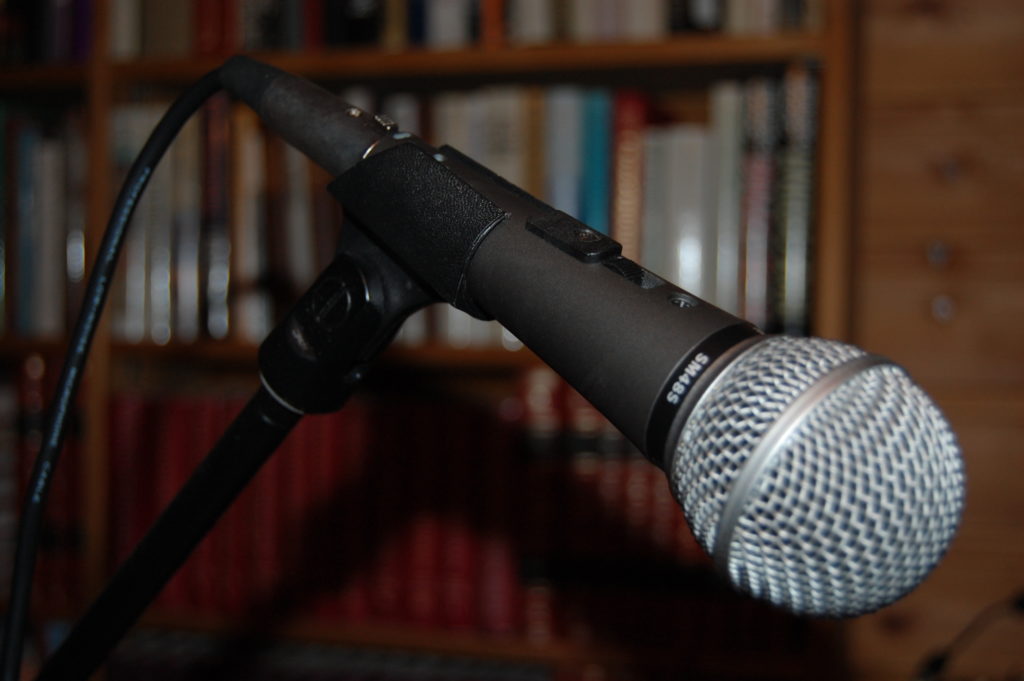
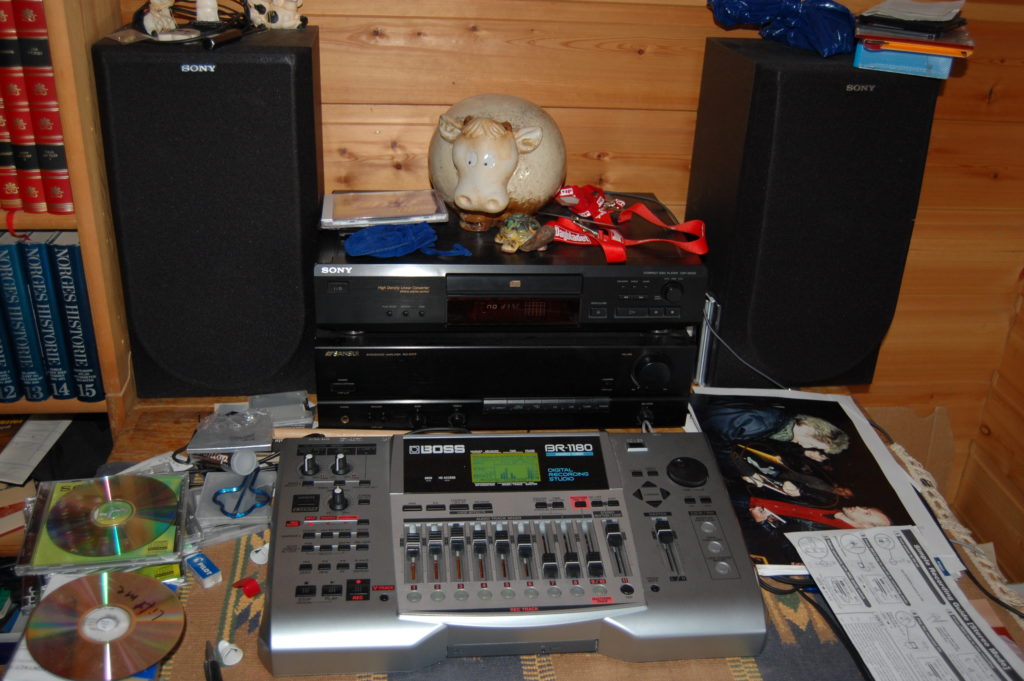

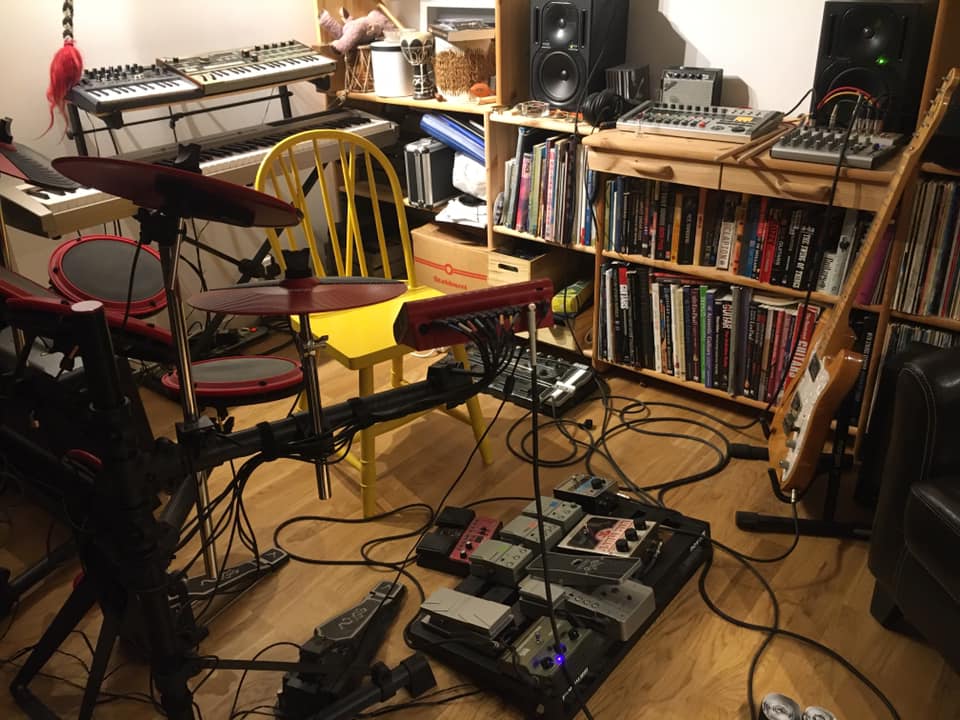
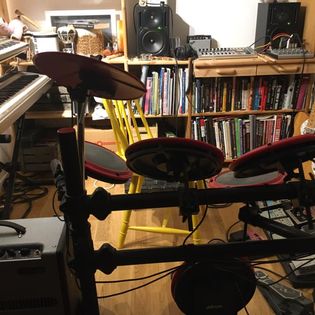

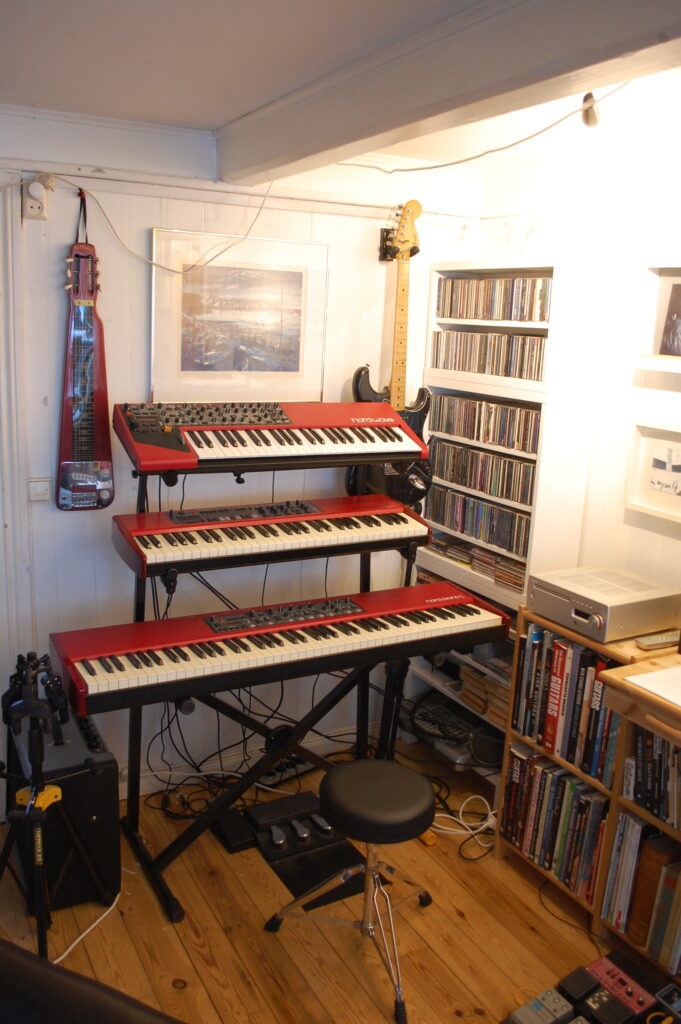


Tour
You are not lost, it is possible to escape. Read the accounts in step 15.